- Home
- IVD
- By Technology Types
- By Diseases Types
- By Product Types
- Research
- Resource
- Distributors
- Company
Malaria, caused by Plasmodium parasites, remains one of the most significant global health challenges. Despite substantial progress in malaria control and elimination efforts, the disease continues to afflict millions, particularly...
Learn More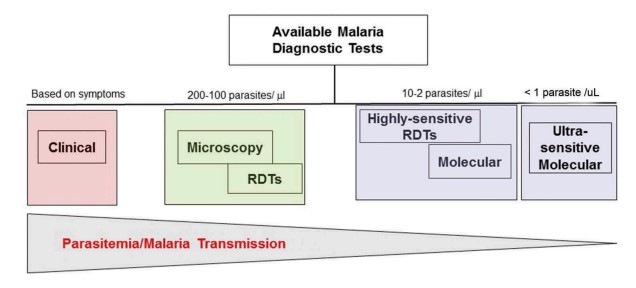
Cervical cancer continues to pose a significant global health challenge, particularly in developing countries where healthcare resources are scarce. According to the World Health Organization (WHO), cervical cancer is the...
Learn More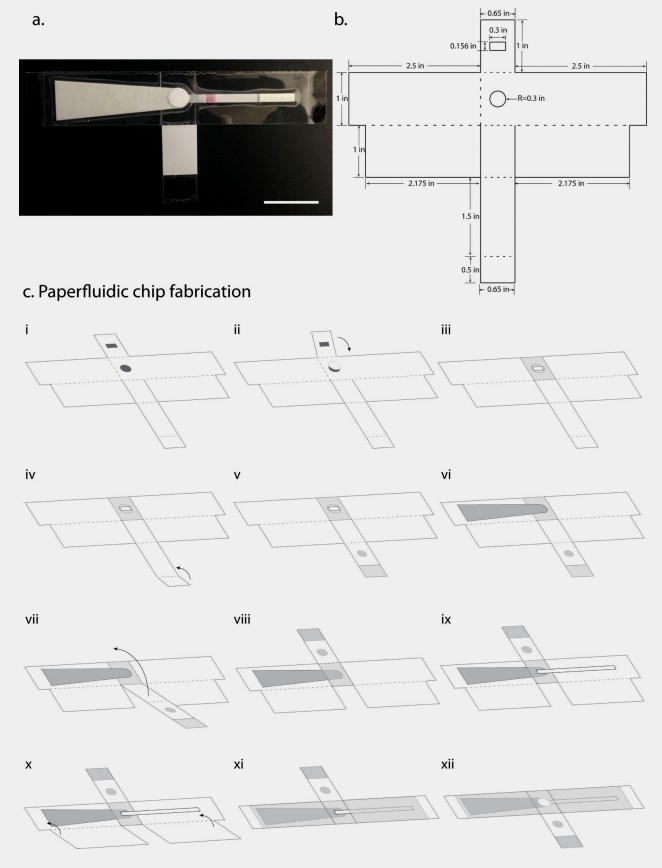
Aspergillosis, a spectrum of diseases caused by fungi within the genus Aspergillus, poses a significant health threat worldwide, particularly to immunocompromised individuals. The most pathogenic species, Aspergillus fumigatus, is responsible...
Learn More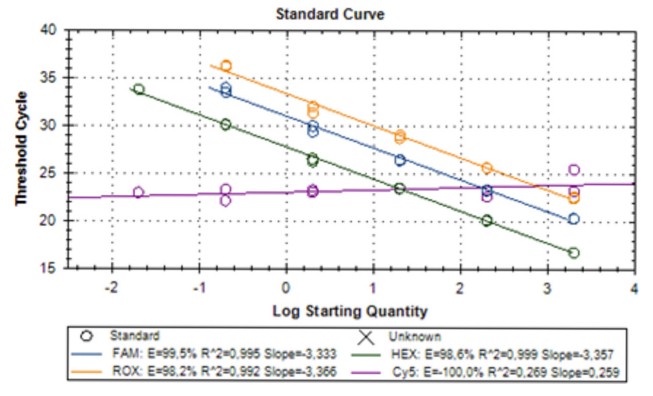
Molecular diagnostics represents a paradigm shift in cancer diagnosis, leveraging advancements in genomics, proteomics, and bioinformatics to provide precise, early, and actionable insights into cancer biology. Unlike traditional methods that...
Learn More
Genetic variation lies at the heart of biological diversity, influencing everything from physical traits to disease susceptibility. Among the various forms of genetic variation, Single Nucleotide Polymorphisms (SNPs) stand out...
Learn More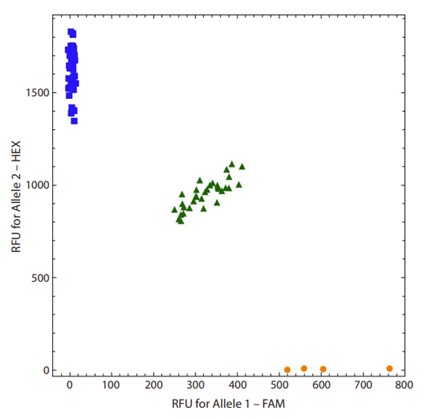
In the realm of medical diagnostics and therapeutics, the quest for innovative, efficient, and cost-effective solutions is unending. Traditional enzymes have long been the cornerstone of biochemical assays and treatments,...
Learn More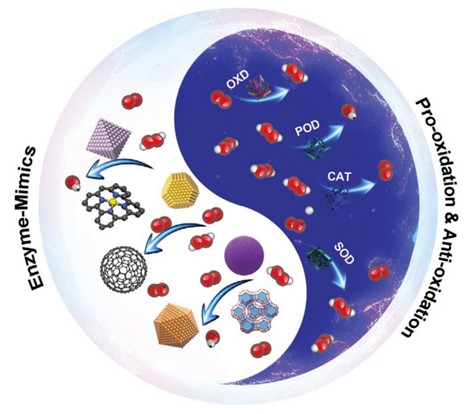
Nanozymes, a portmanteau of "nanomaterials" and "enzymes," represent a cutting-edge class of artificial enzymes that mimic the catalytic activities of natural enzymes. Unlike traditional enzymes, which are biological macromolecules prone...
Learn More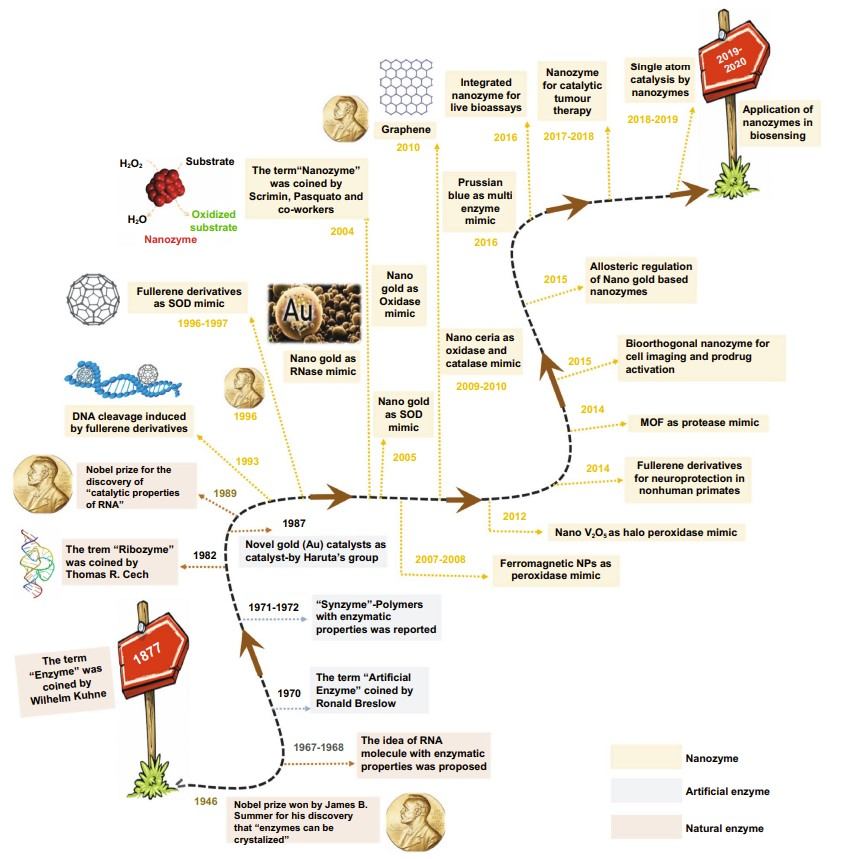
Molecular diagnosis has revolutionized the field of healthcare by enabling rapid, sensitive, and specific detection of infectious agents, genetic mutations, and various diseases. At the heart of molecular diagnosis lies...
Learn More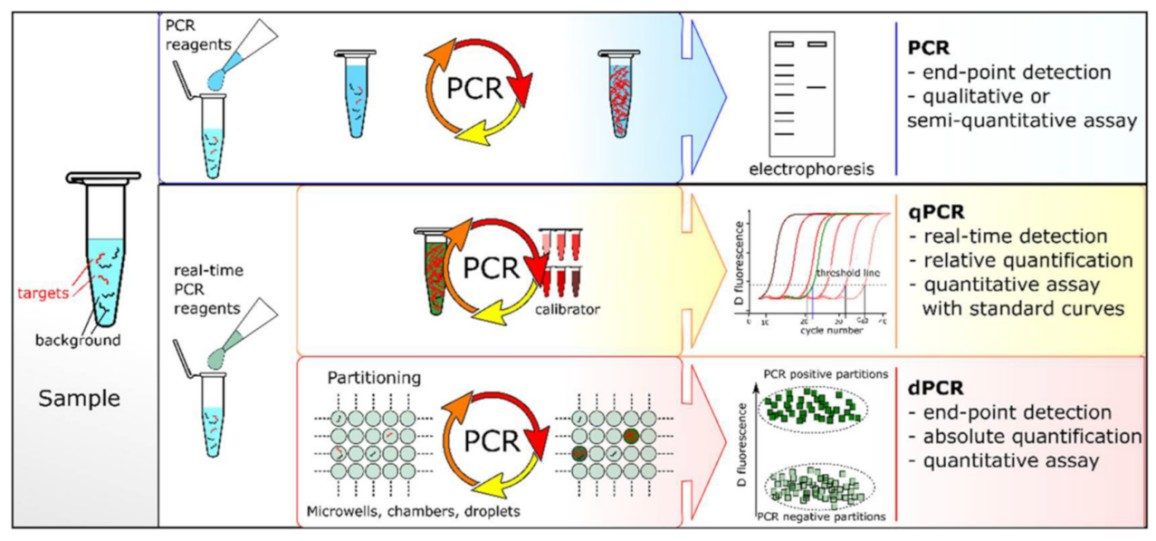
Pancreatitis, an inflammatory condition of the pancreas, poses significant diagnostic and therapeutic challenges. The pancreas, a critical organ in the digestive system, secretes enzymes such as amylase, trypsin, chymotrypsin, and...
Learn More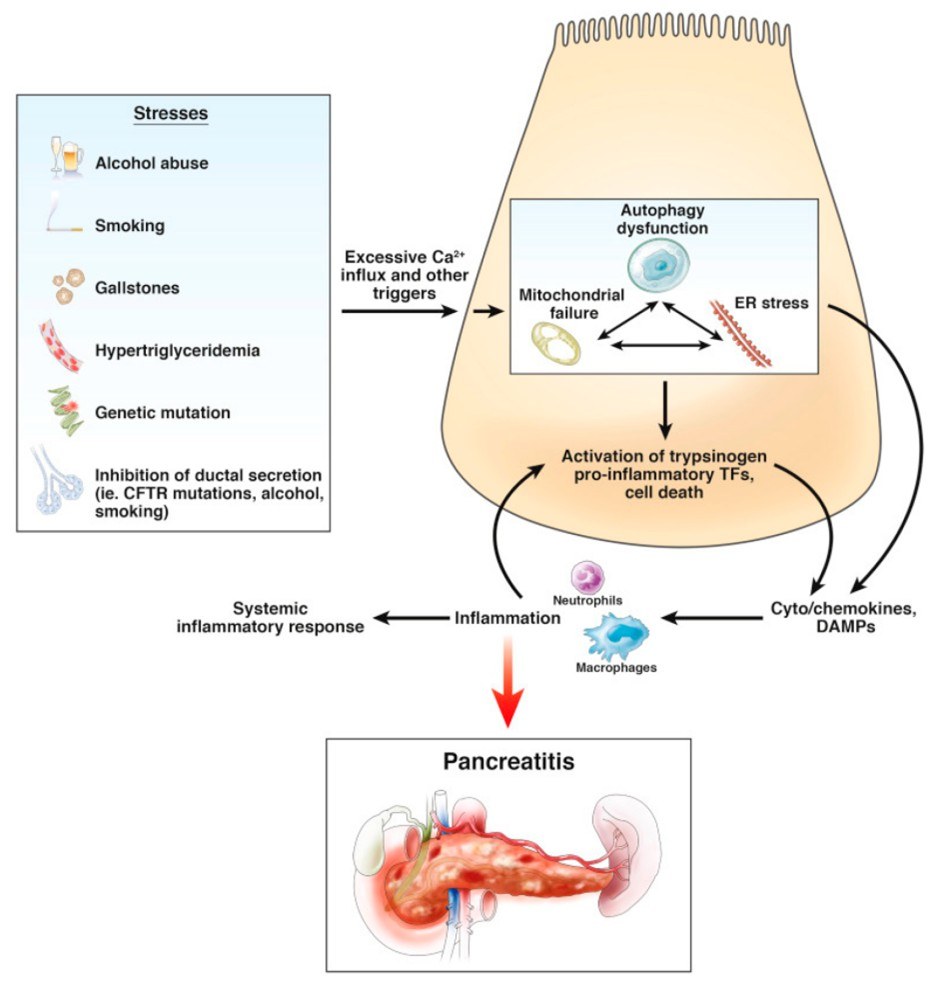
In the realm of in vitro diagnostics (IVD), enzymes have silently but powerfully transformed the landscape of disease detection and management. These biological catalysts, essential for life's biochemical processes, have...
Learn More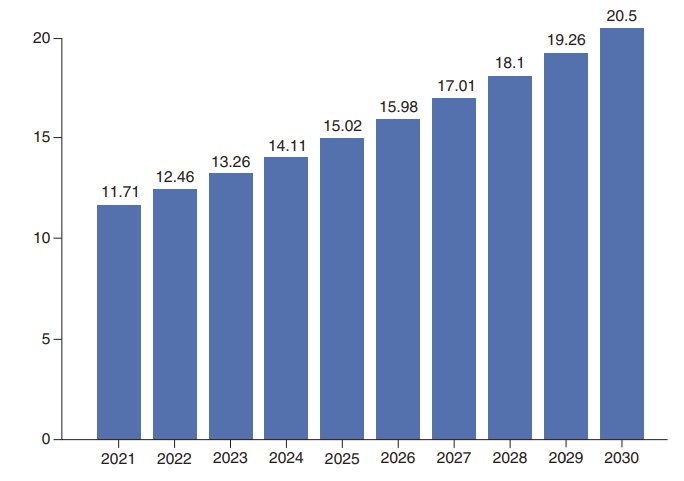
Autoimmune diseases, characterized by the immune system's erroneous attack on self-tissues, pose significant challenges to global healthcare. Conditions such as rheumatoid arthritis, multiple sclerosis (MS), and systemic lupus erythematosus (SLE)...
Learn More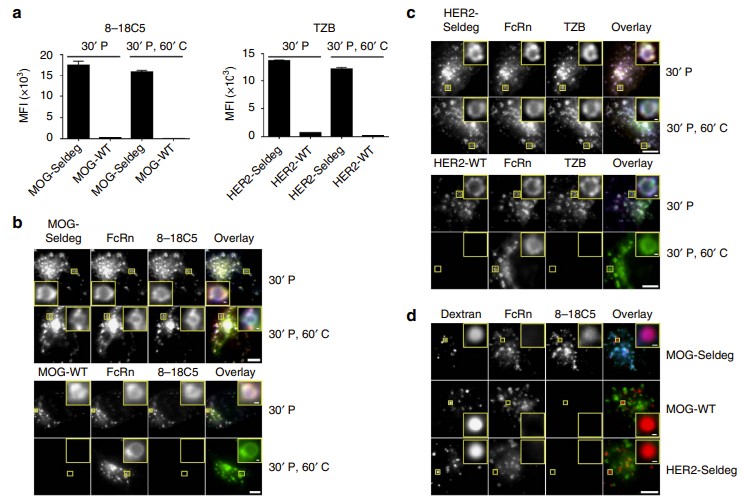
Humanized mouse models have emerged as indispensable tools in immunological research, bridging the gap between mouse and human immune systems. These models involve the engraftment of human immune cells or...
Learn More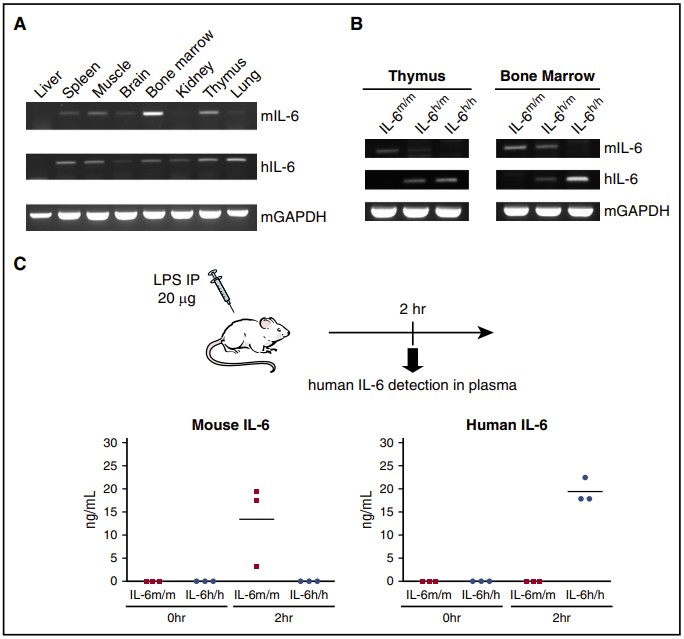
Polymer microspheres, tiny spherical particles ranging from 1 to 1000 microns in diameter, have emerged as a groundbreaking innovation in the field of cancer diagnosis and treatment. These microspheres are...
Learn More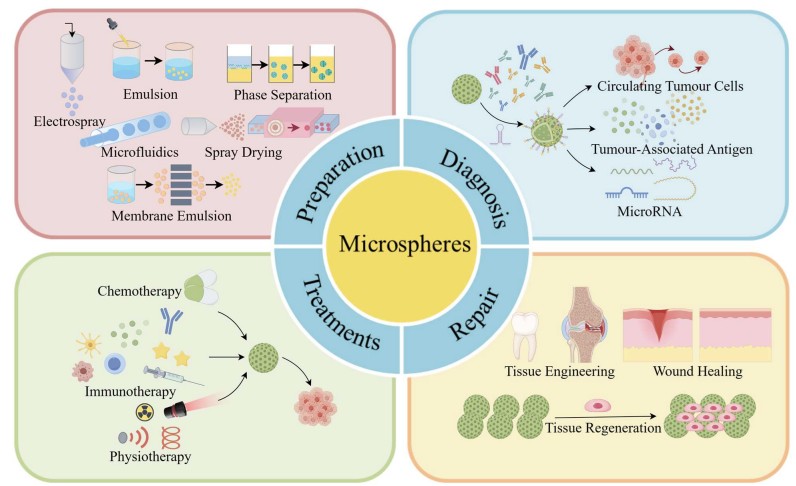
The COVID-19 pandemic has underscored the critical importance of rapid, accurate, and cost-effective diagnostic tools. The global healthcare system faced unprecedented challenges due to supply shortages of essential diagnostic components,...
Learn More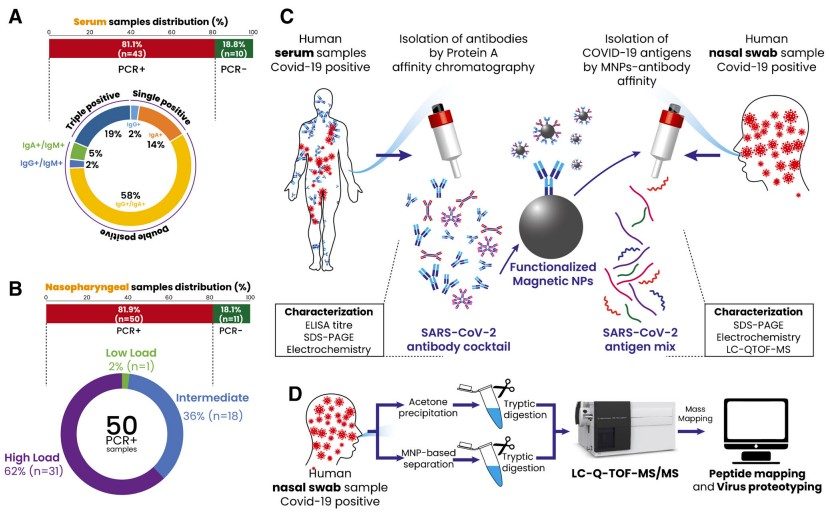
Serological diagnostics have become indispensable tools in modern healthcare, enabling the detection of antibodies and antigens in biological samples. These tests are pivotal in diagnosing infectious diseases, autoimmune disorders, and...
Learn More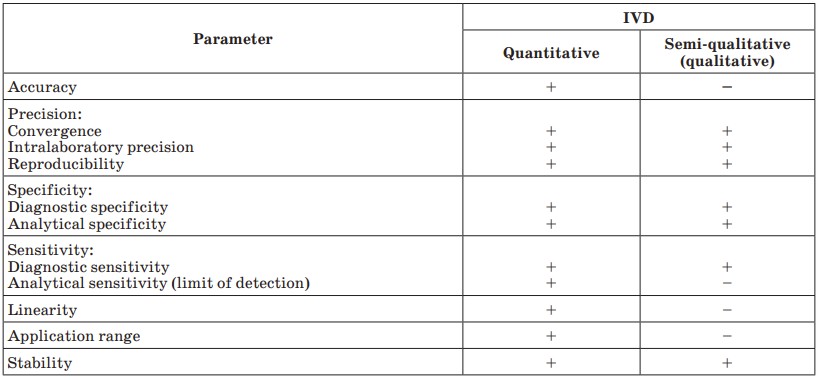
In the rapidly evolving field of in vitro diagnostics (IVD) and therapeutics, the quest for reliable, cost-effective, and stable alternatives to natural antibodies has intensified. Natural antibodies, while indispensable in...
Learn More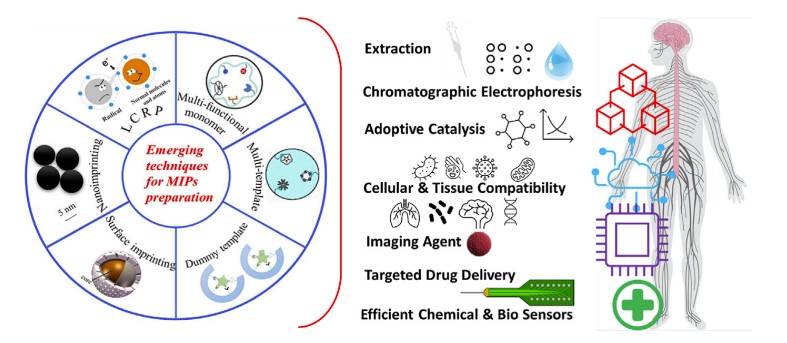
The landscape of in vitro diagnostics (IVD) is undergoing a seismic shift, driven by monumental advancements in monoclonal antibody (mAb) development. These highly specific molecules have become the cornerstone of...
Learn More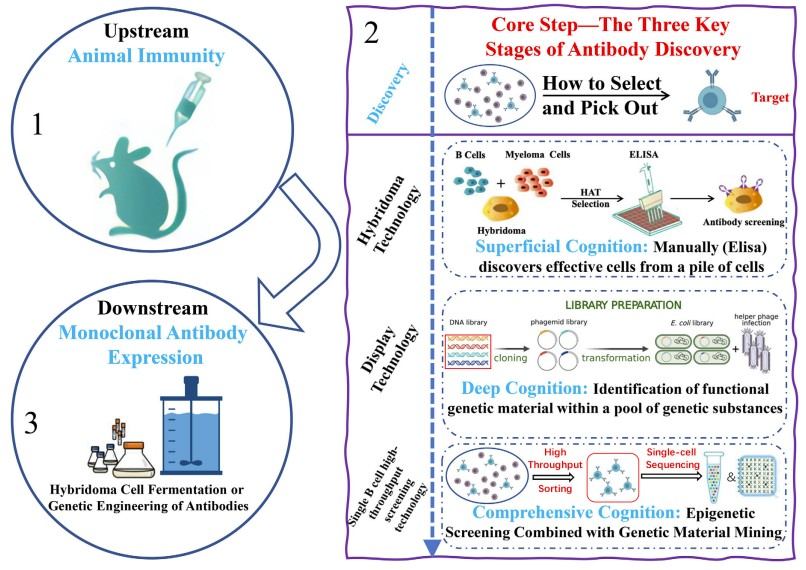
Clinical Biochemistry Laboratories (CBL) are essential pillars in modern healthcare, providing invaluable diagnostic insights that guide medical decision-making. These laboratories are at the heart of diagnostic and monitoring practices, offering...
Learn More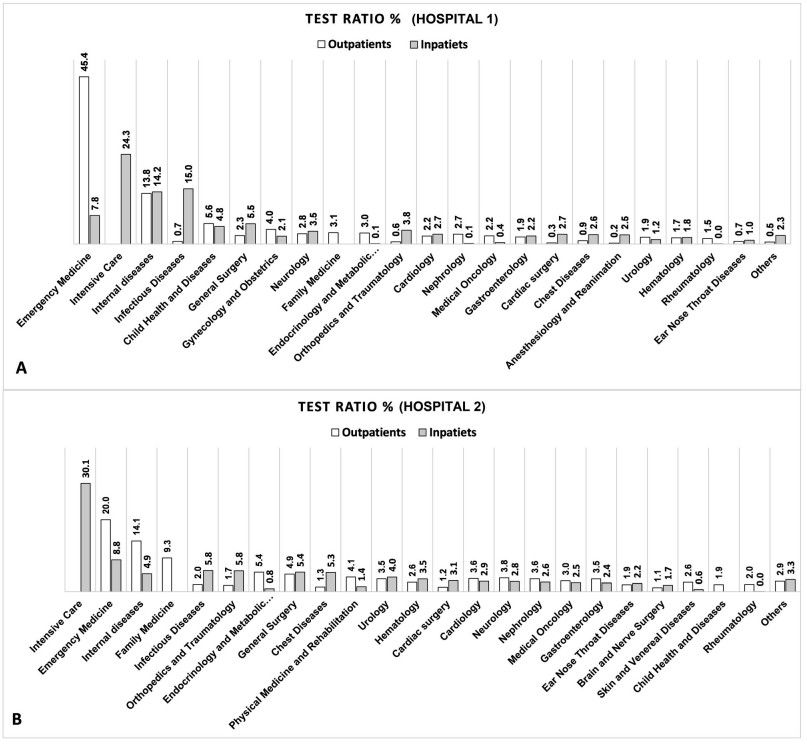
The global medical device market is vast and ever-evolving, comprising everything from simple tools like thermometers to advanced technologies such as robotic surgical systems. As these devices become increasingly sophisticated,...
Learn More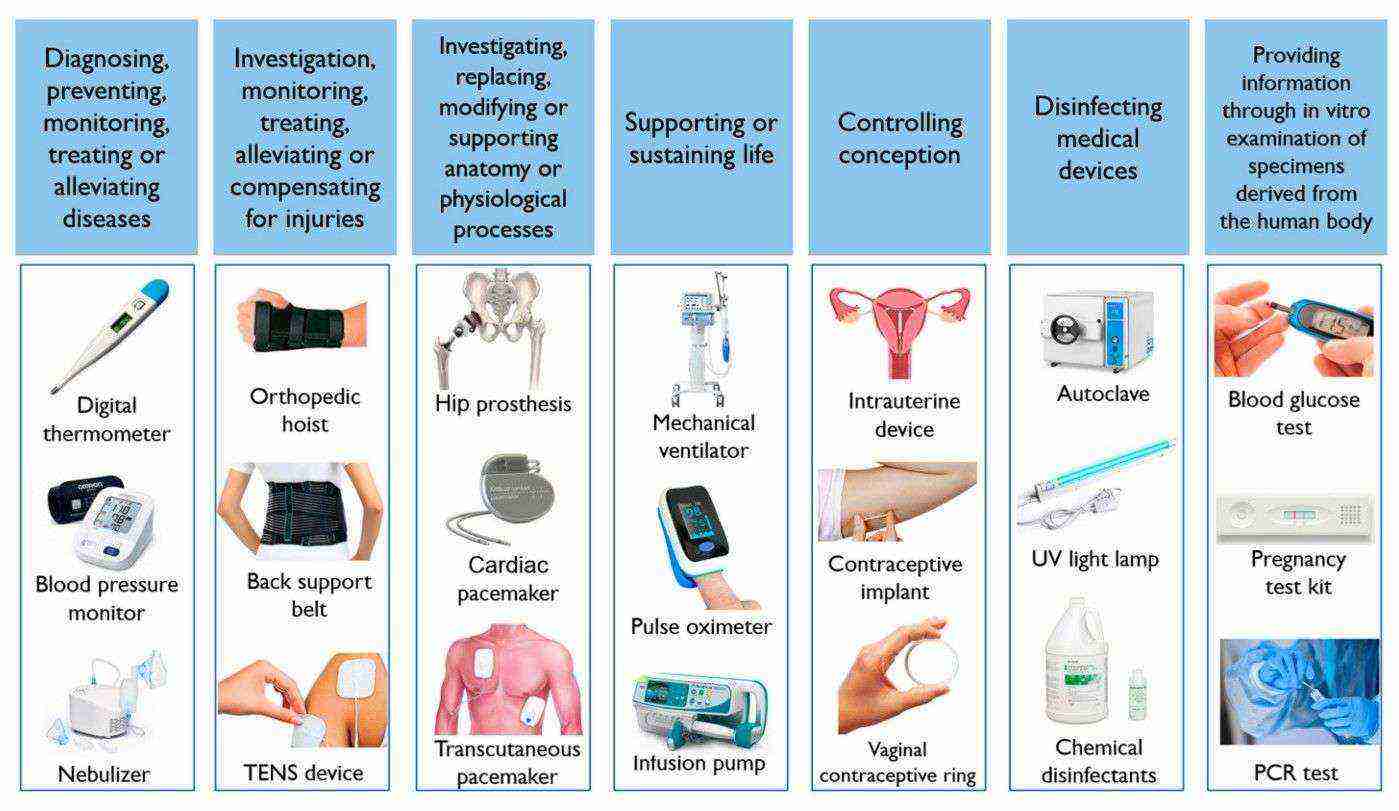
Metabolomics is rapidly emerging as a transformative field in biomedical research and clinical diagnostics. By providing a detailed view of the metabolic processes occurring in the human body, this technology...
Learn More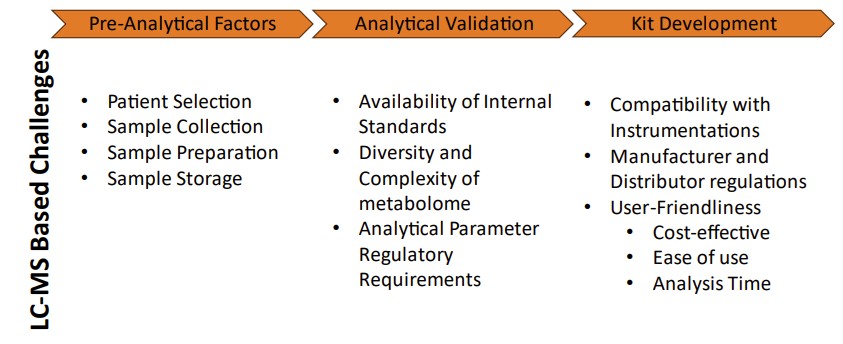
The healthcare sector is undergoing a radical transformation, driven largely by technological innovations that provide patients with more immediate and personalized care. One such advancement is Intelligent Point-of-Care Testing (iPOCT),...
Learn More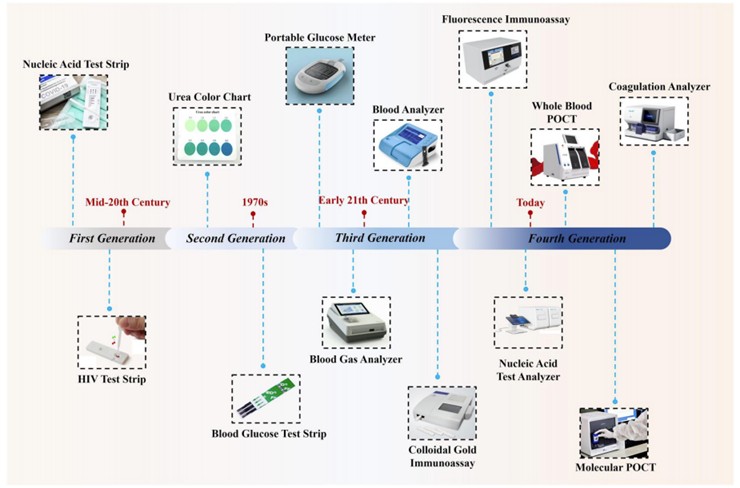
Infectious disease diagnostics is a critical component of public health. The ability to quickly and accurately diagnose diseases directly impacts patient care, treatment decisions, and the containment of outbreaks. Polymerase...
Learn More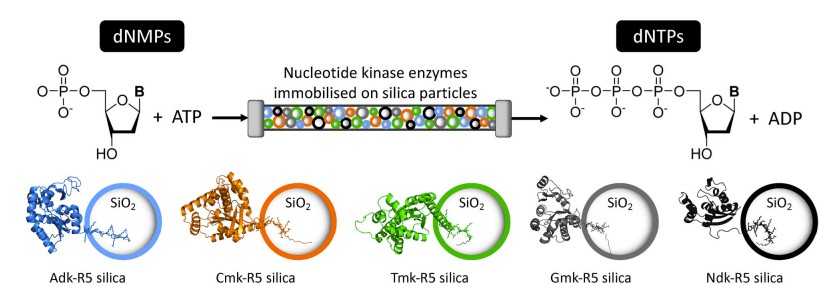
Nanozymes are an emerging class of nanomaterials with enzyme-like properties that have the potential to revolutionize the field of medical diagnostics and biosensing. Unlike traditional enzymes, which are proteins prone...
Learn More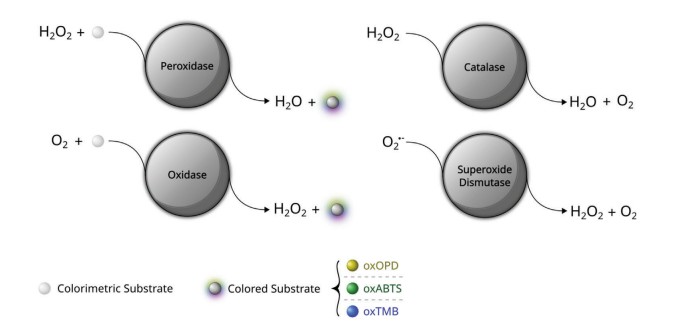
In the modern food industry, microbial contamination is one of the most insidious threats to both food quality and public health. Spoilage microorganisms like fungi and bacteria are not only...
Learn More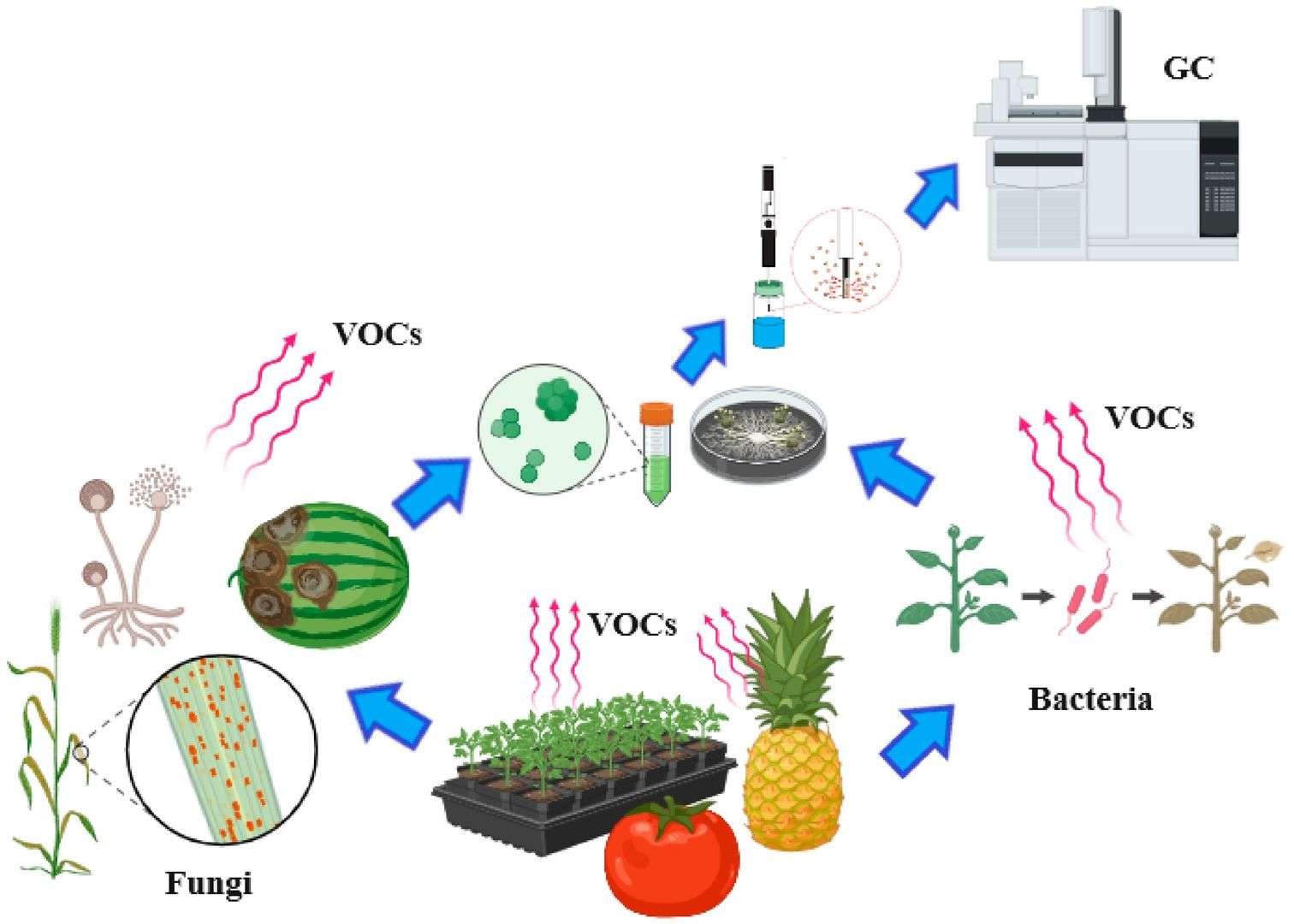
Fluorescence-based diagnostic assays have been an essential tool in modern medicine, particularly for detecting biomarkers and other analytes in biological samples. Among the most commonly used reagents in such assays...
Learn More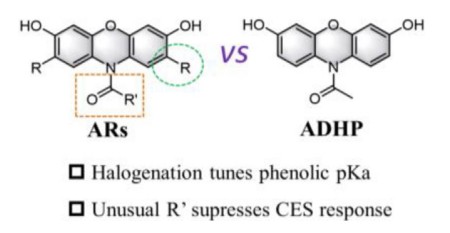
Tuberculosis (TB) remains one of the deadliest infectious diseases worldwide, despite being preventable and treatable. In 2021 alone, TB claimed approximately 1.5 million lives. Although TB is a well-known disease,...
Learn More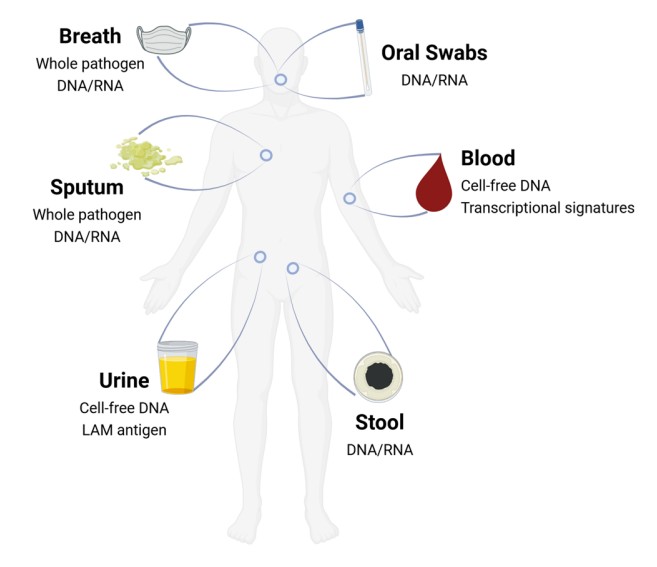
Cancer treatments have dramatically evolved over the past few decades. Historically, surgery, chemotherapy, and radiation therapy were the primary options for treating cancer. However, advancements in immunotherapy have significantly changed...
Learn More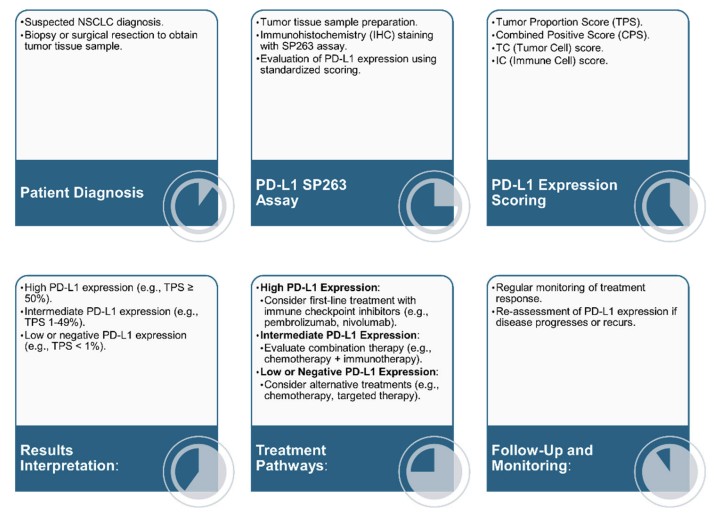
Oral cancer remains one of the most deadly cancers worldwide, with high mortality rates due to late-stage diagnoses. Yet, recent advances in in vitro diagnostics (IVD) suggest that a simple,...
Learn More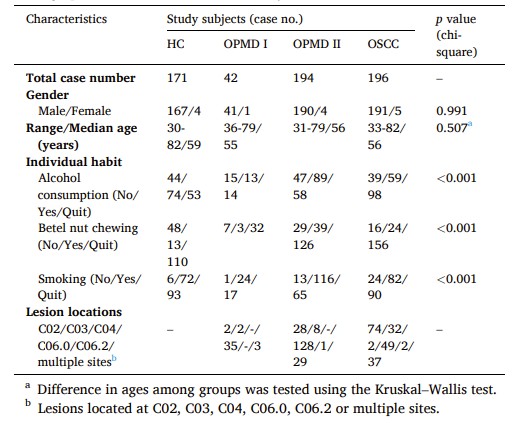
Flow cytometry has become a cornerstone in the diagnosis, prognosis, and monitoring of hematologic malignancies, such as leukemia and lymphoma. This high-throughput technique enables the multiparametric analysis of single cells,...
Learn More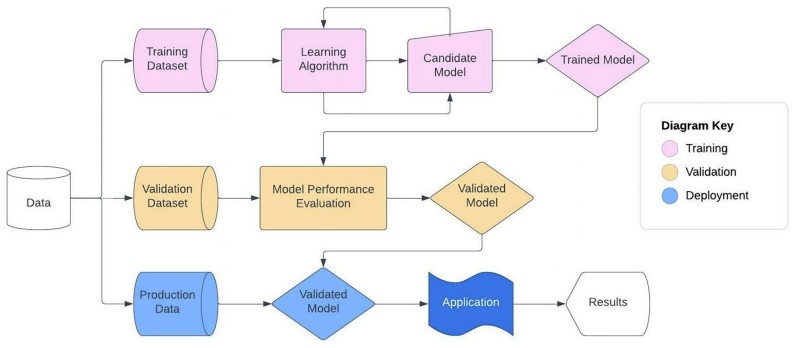
Gut microbiota, the diverse collection of microorganisms inhabiting the human gastrointestinal tract, plays a fundamental role in various physiological processes, including digestion, metabolism, immune function, and protection against pathogens. Recent...
Learn More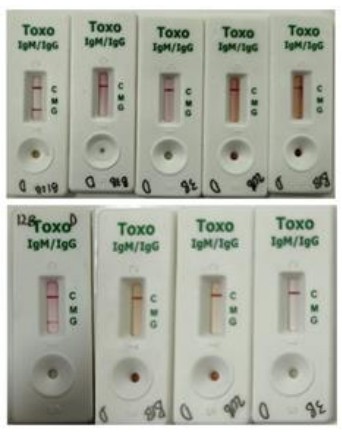
Intervertebral disc (IVD) degeneration remains one of the leading causes of chronic low back pain (LBP), a condition that severely impacts quality of life and is a leading cause of...
Learn More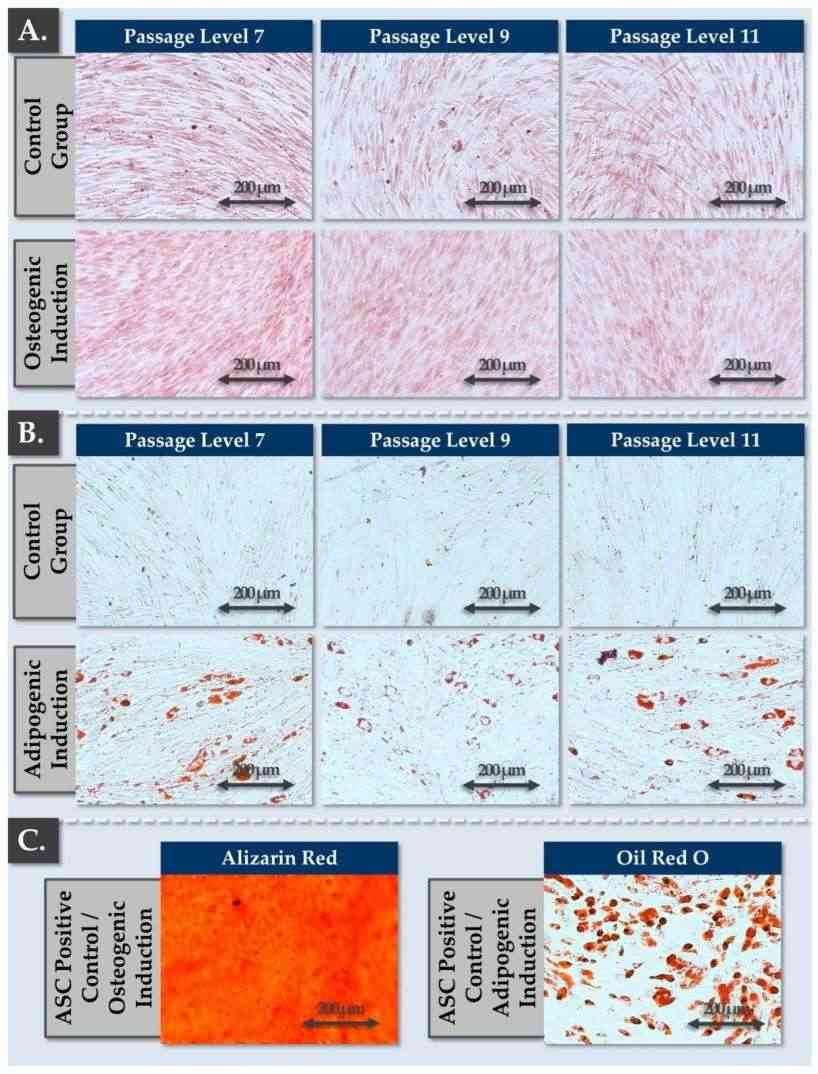
In vitro diagnostics (IVD) are crucial in modern healthcare, offering early disease detection, prognosis, and monitoring of treatment responses. As the healthcare sector moves toward personalized medicine, the need for...
Learn More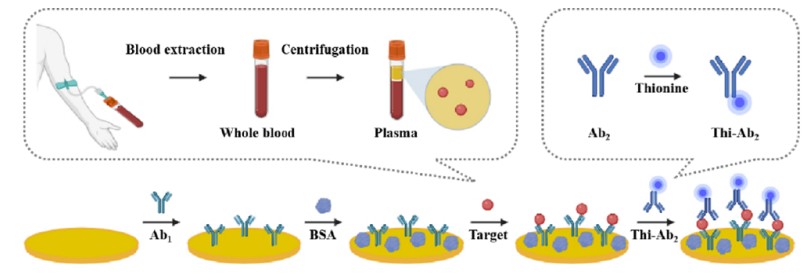
Pancreatic cancer is one of the most aggressive and deadly cancers, with a five-year survival rate of less than 10%. This poor prognosis is largely due to the difficulty in...
Learn More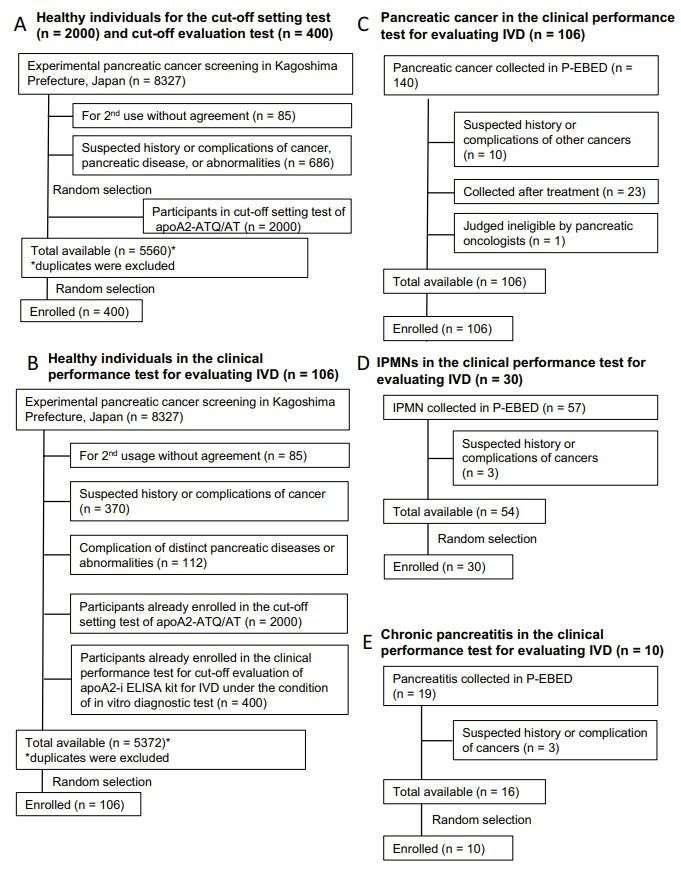
Metrological traceability in laboratory medicine ensures that the measurement results for a clinical sample are consistent, accurate, and comparable across different laboratories and diagnostic systems. It is defined as an...
Learn More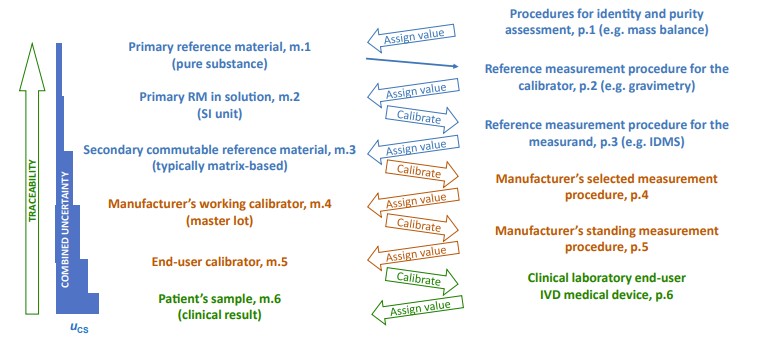
The intersection of microfluidics and biofabrication is paving the way for transformative advancements in medicine. Soft microfluidic systems have emerged as a game-changing tool for disease modeling, diagnostics, and personalized...
Learn More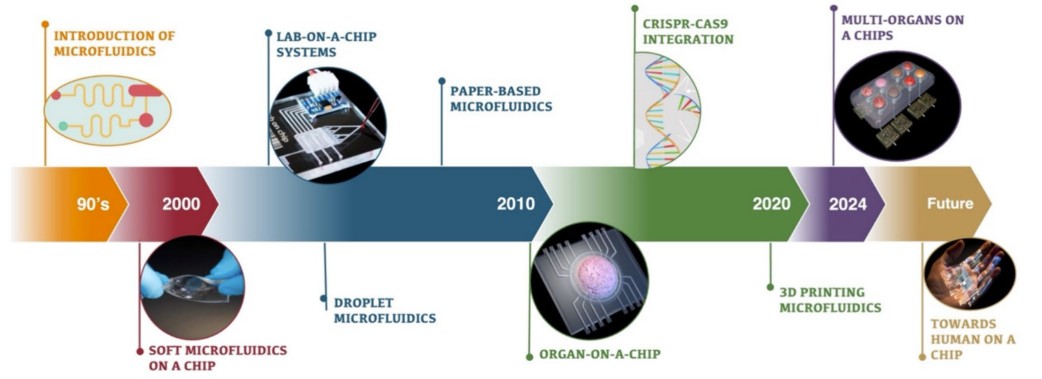
In the face of ongoing global health threats, the emergence of new infectious diseases and the re-emergence of others have necessitated the development of effective diagnostic tools to support pandemic...
Learn More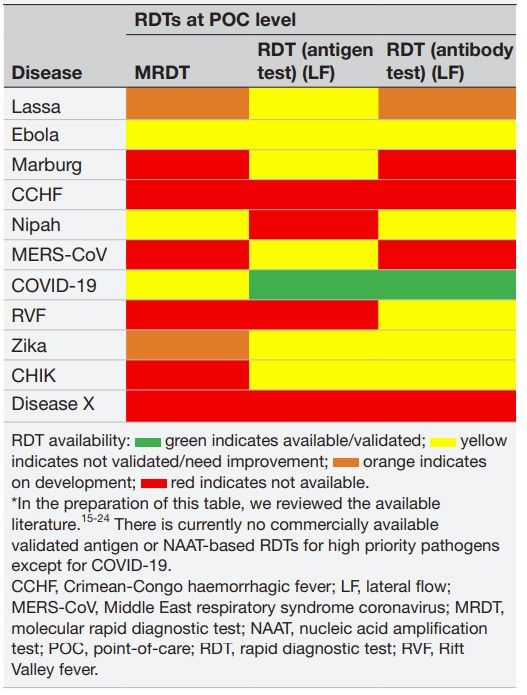
The rapid evolution of diagnostics technology has brought about significant changes in healthcare, agriculture, and environmental monitoring. While traditional laboratory-based diagnostics have played an essential role in identifying diseases and...
Learn More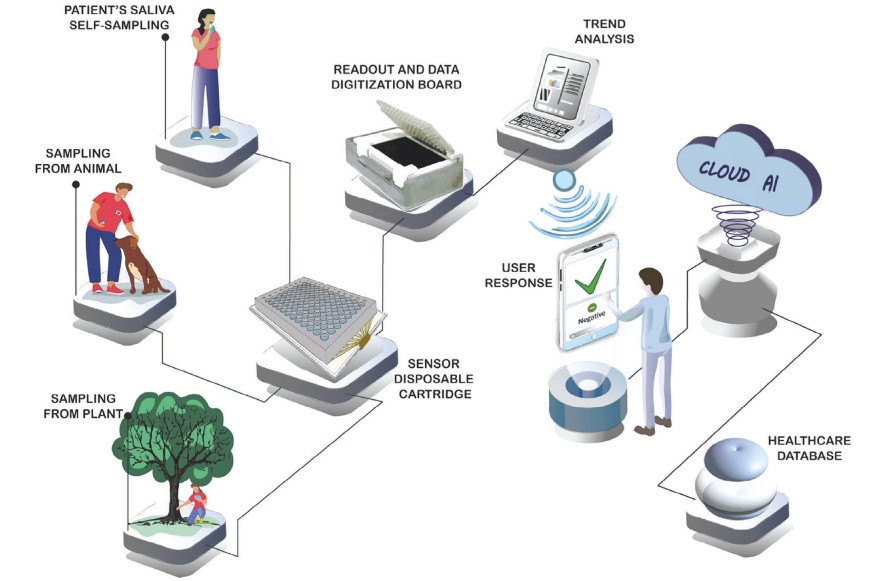
Devices In the evolving world of healthcare, the role of medical devices is more critical than ever. From simple diagnostic tools to sophisticated AI-driven technologies, medical devices are at the...
Learn More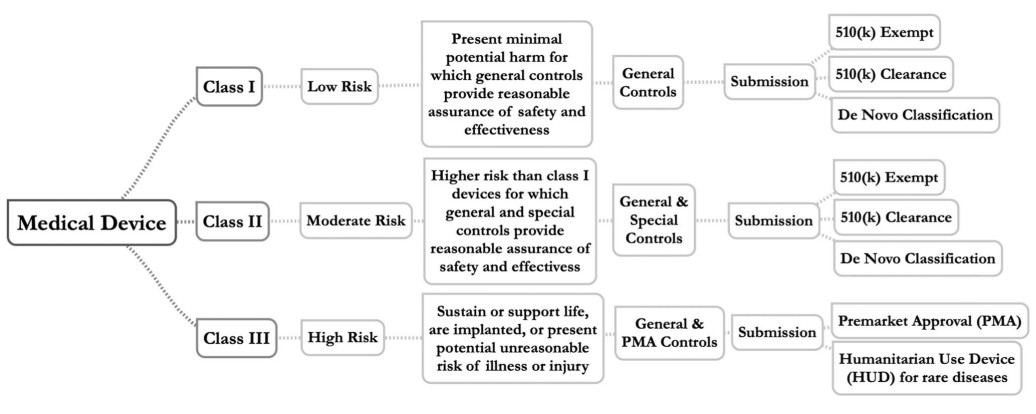
Modern diagnostics hinge on the timely identification of disease-specific biomarkers—molecular signatures including proteins, nucleic acids, and metabolites that provide a window into the patient's physiological state. Biomarker identification is central...
Learn More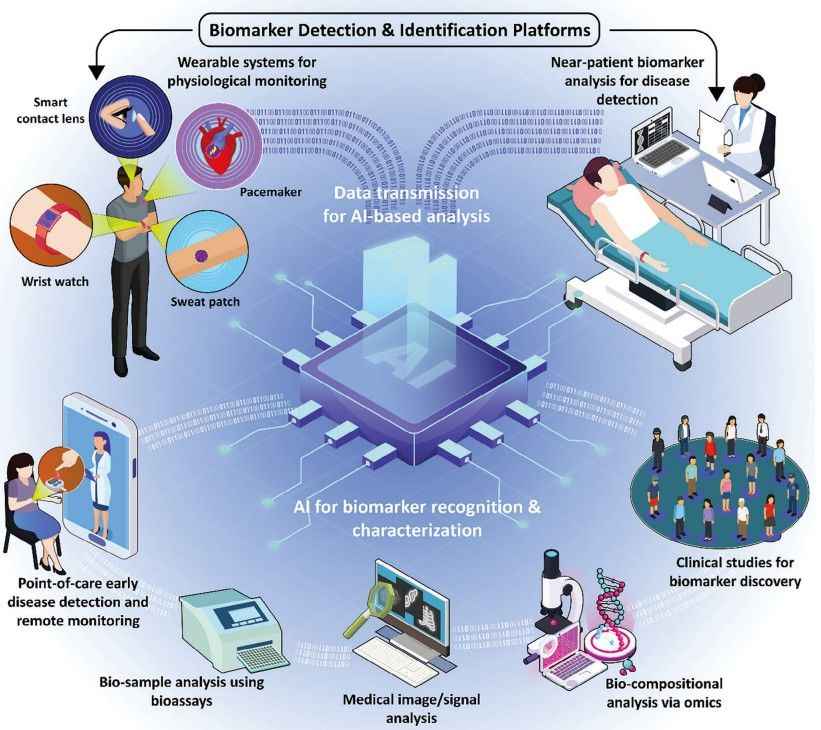
The integration of Artificial Intelligence (AI) into pathology diagnostics represents one of the most transformative advancements in medical technology. Pathology is a cornerstone of modern medicine, influencing patient diagnoses, treatment...
Learn More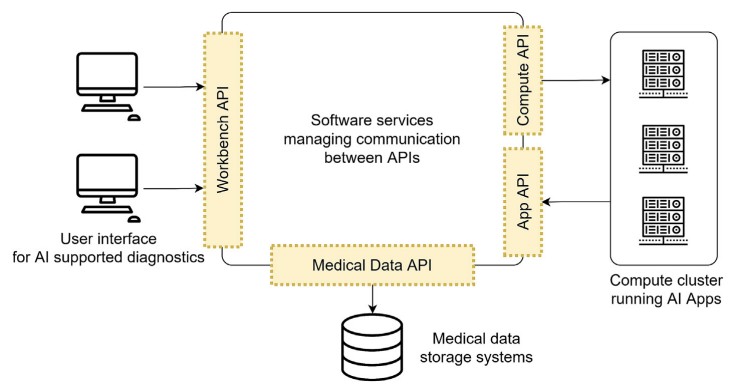
Allergic diseases are a rising global health concern, affecting nearly 30% of the world's population, with variations across age groups and geographic regions. The complexity of allergenic sources—ranging from pollens...
Learn More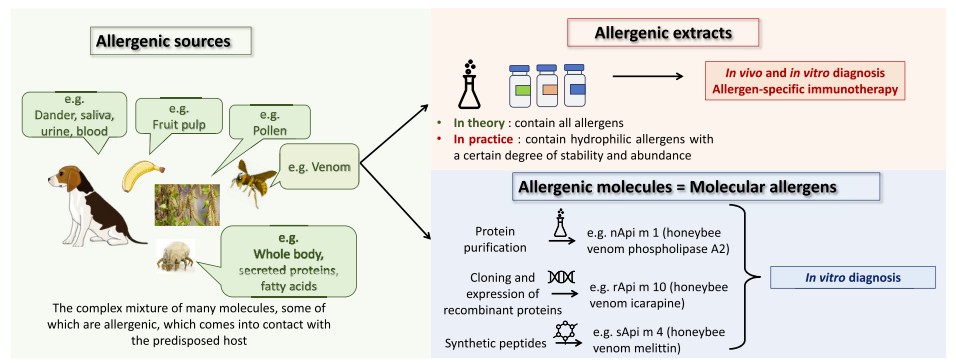
RNA-cleaving DNAzymes (RCDs) represent a transformative class of functional nucleic acids that catalyze the site-specific cleavage of RNA substrates. Unlike antibodies or aptamers, RCDs combine high catalytic turnover, sequence-specific recognition,...
Learn More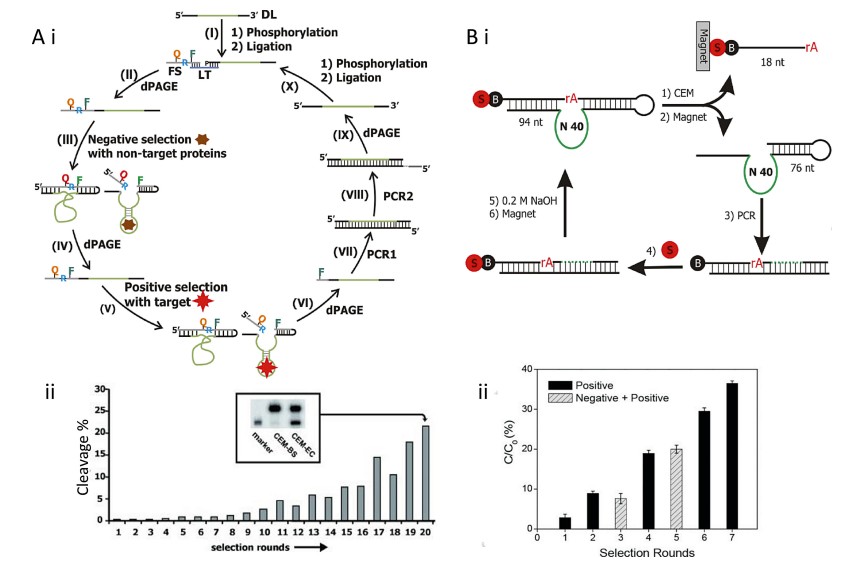
In 2014, as Ebola spread through West Africa, health workers faced a harrowing dilemma: wait weeks for accurate test results while patients died or spread the virus, or use unproven...
Learn More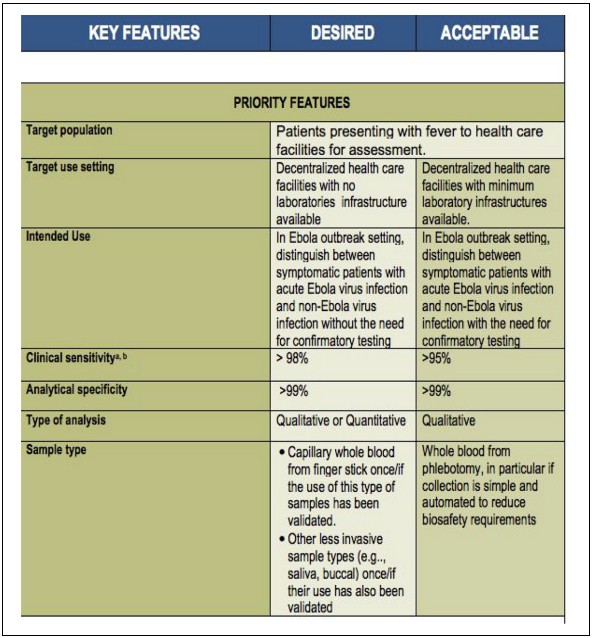
Cardiovascular and cerebrovascular diseases represent the leading cause of mortality among middle-aged and elderly populations in China, with inflammation identified as a significant driving factor. Within this context, two biomarkers...
Learn More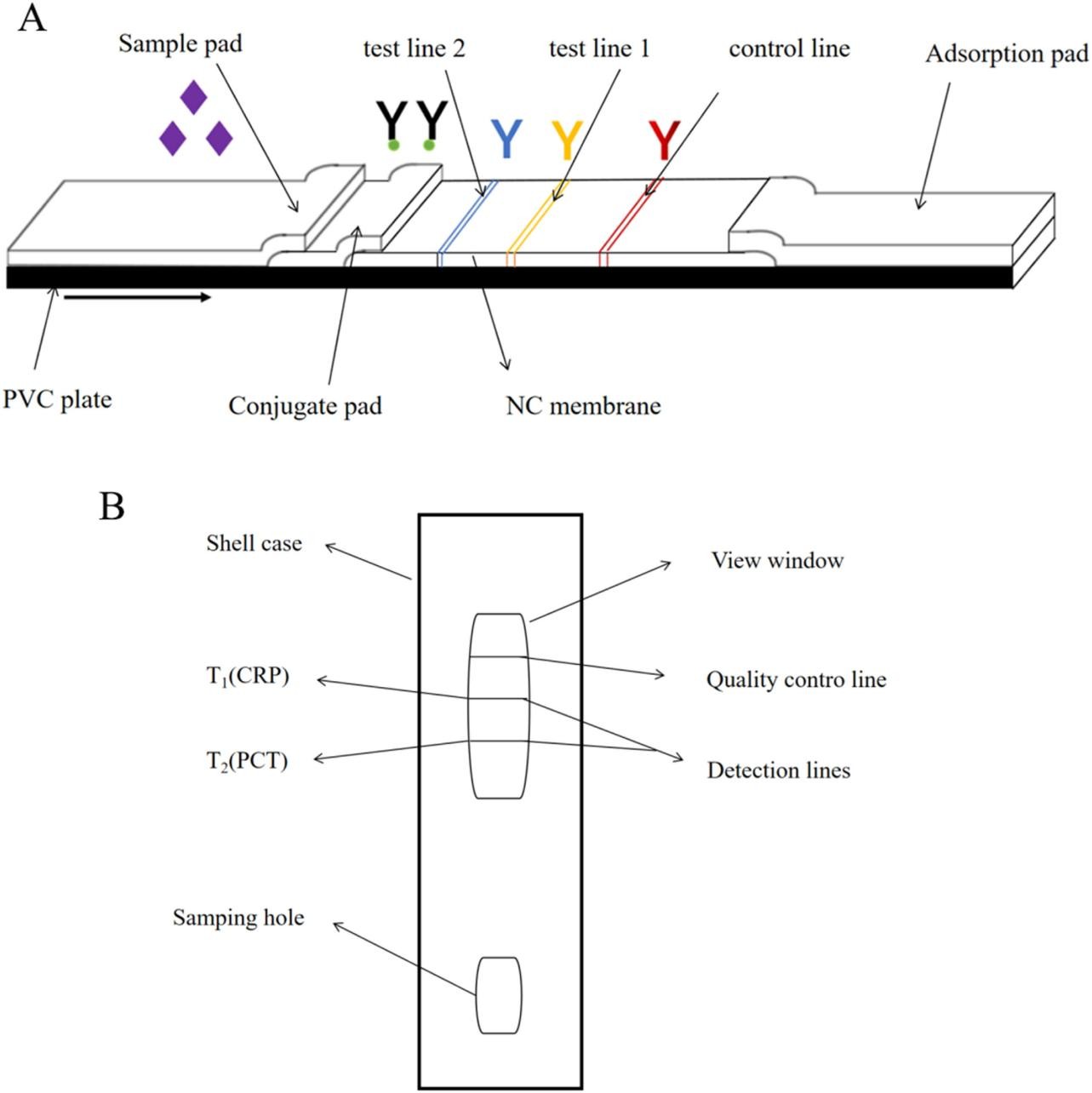
Companion diagnostics (CDx) have become indispensable tools in precision medicine, serving as the bridge between targeted therapies and the patients who stand to benefit most. Defined as devices essential for...
Learn More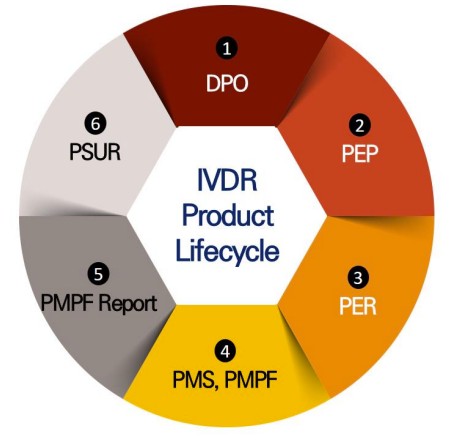
Diagnostic tools form the cornerstone of effective healthcare, guiding clinical decisions at the patient's bedside and shaping public health strategies on a global scale. They are indispensable in identifying infections,...
Learn More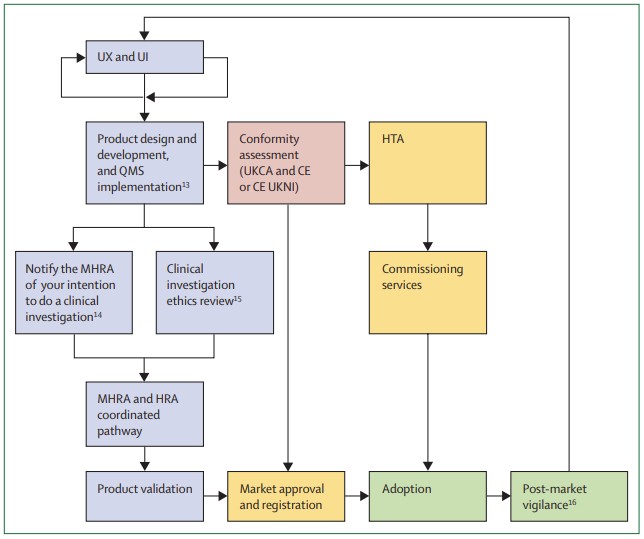
Respiratory tract infections (RTIs) remain a persistent global health challenge, contributing significantly to morbidity and mortality across all age groups. Lower respiratory tract infections, in particular, rank among the leading...
Learn More
In the dynamic realm of modern medicine, in vitro diagnosis (IVD) plays a pivotal role, influencing over 70% of clinical decisions while consuming a mere 3% of medical resources. At...
Learn More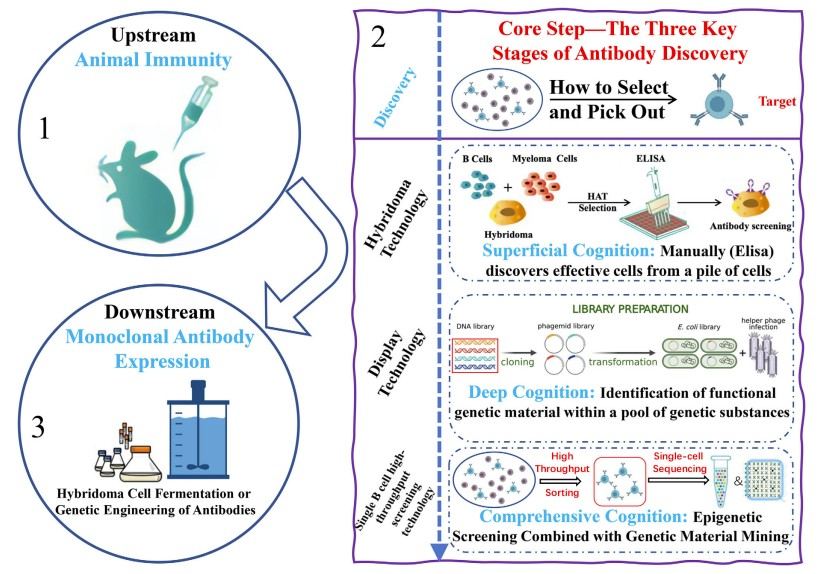
Endometriosis, a chronic and estrogen-dependent disorder, affects approximately 10% of women of reproductive age globally. This condition is characterized by the presence of endometrium-like tissue outside the uterine cavity, most...
Learn More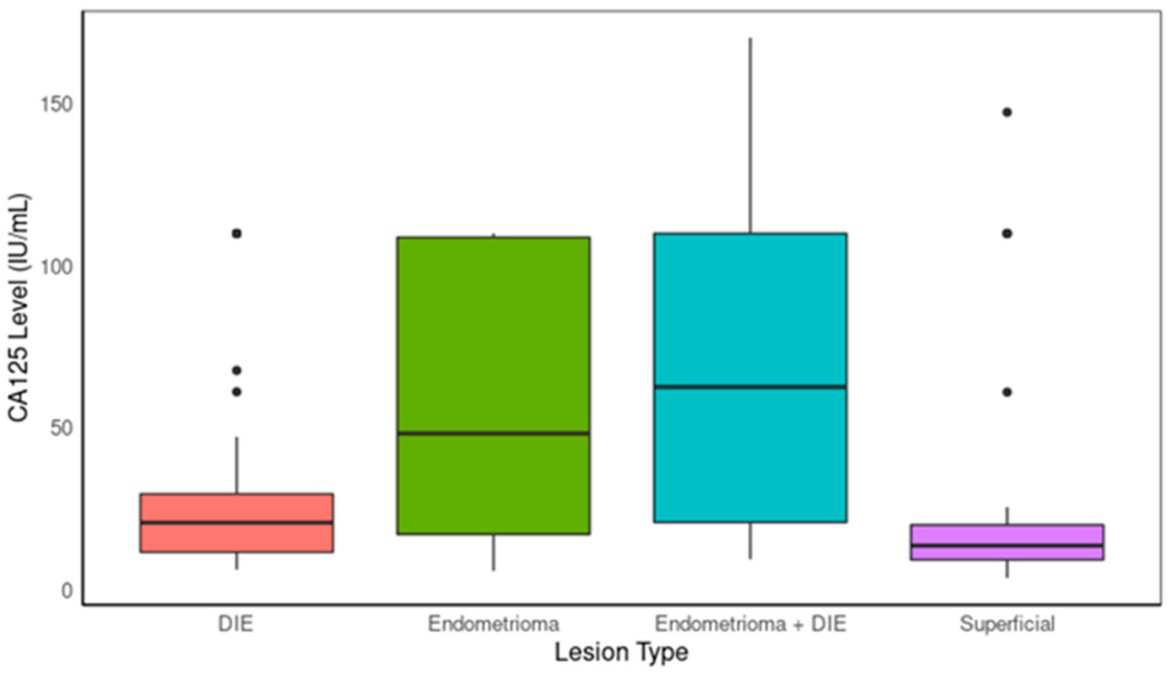
Microbial Extracellular Vesicles (MEVs) represent a previously underappreciated communication system between the human microbiome and host cells. These nano-sized structures, typically ranging from 30 to 1000 nm in diameter, are...
Learn More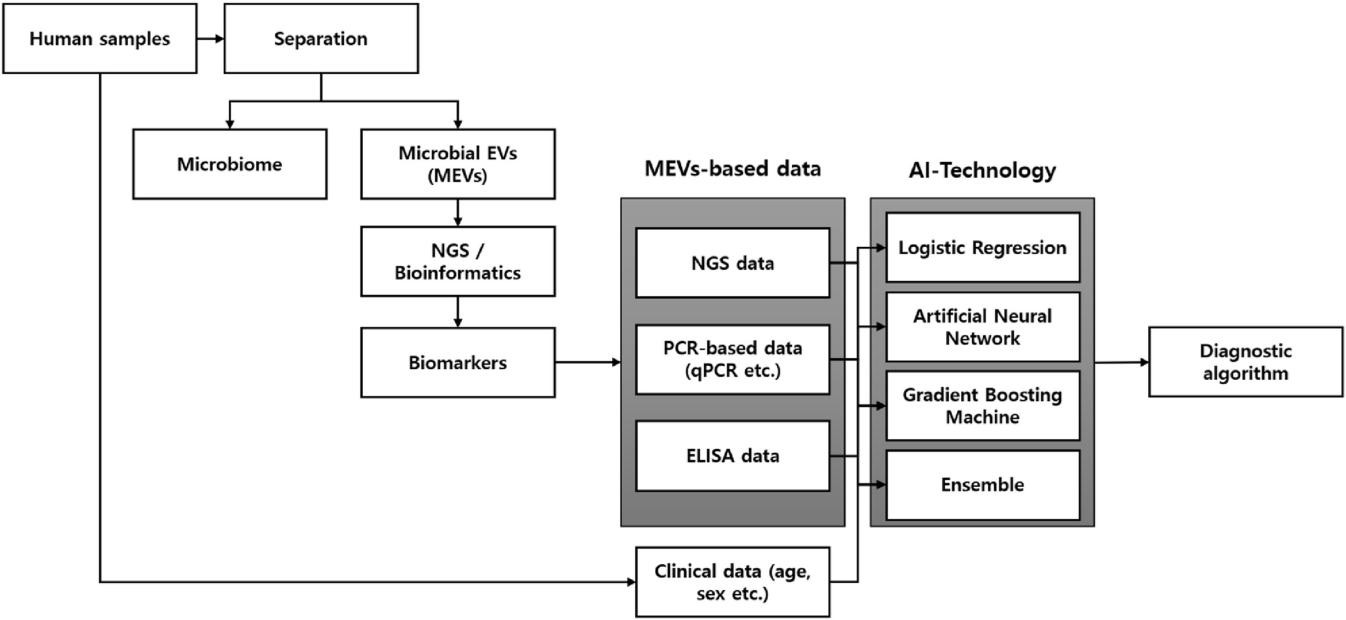
Traditional in vitro diagnostics (IVD) methods, deeply rooted in centralized laboratory settings, have long been the mainstay for disease detection. These methods, while accurate, come with significant drawbacks. The time-consuming...
Learn More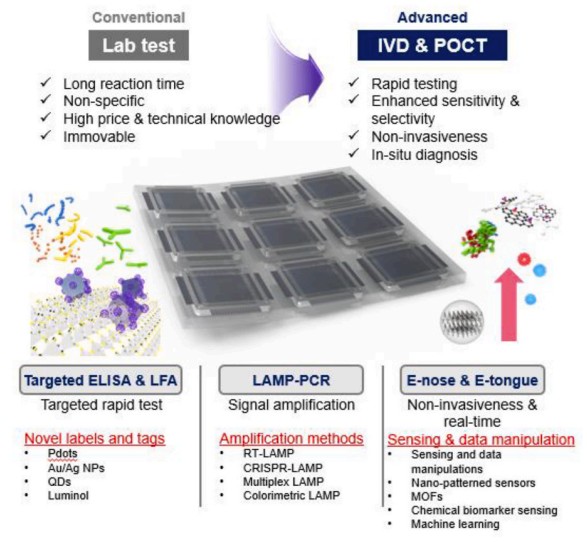
Mild Traumatic Brain Injury (mTBI), often resulting from falls, sports accidents, or motor vehicle collisions, has long posed a significant diagnostic challenge. For years, computed tomography (CT) scans were the...
Learn More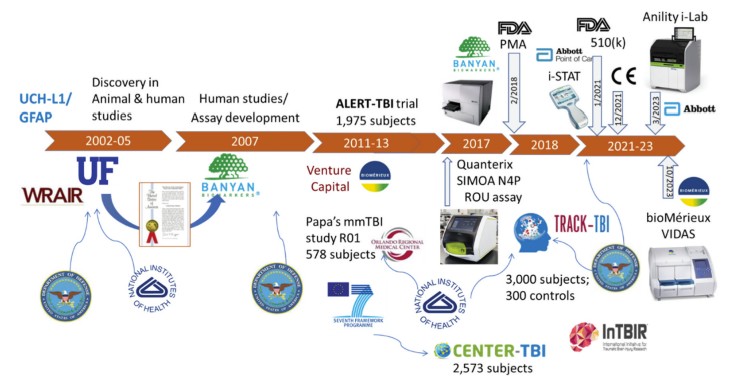
The in vitro diagnostics (IVD) industry has long been a cornerstone of the healthcare sector, enabling accurate and timely disease detection. The COVID-19 pandemic, however, catapulted the IVD industry into...
Learn More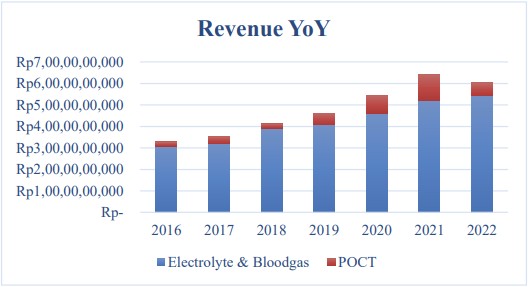
Chagas disease, caused by the protozoan parasite Trypanosoma cruzi, presents a dynamic clinical profile that complicates diagnostic efforts. The disease progresses through distinct phases, each with unique biological characteristics that...
Learn More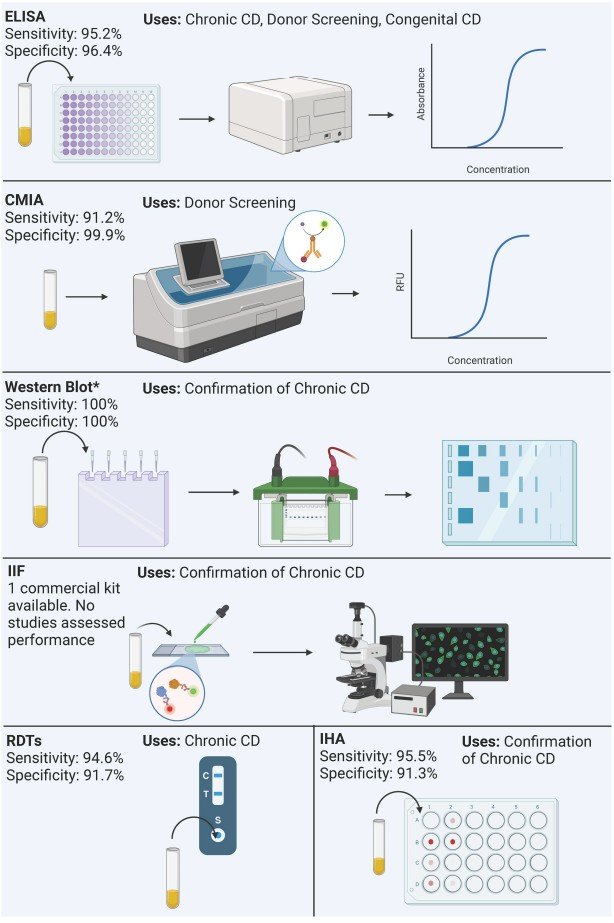
Clinical chemistry stands as the bedrock of in vitro diagnostics, analyzing body fluids to assess organ function and metabolic status. In the early days, tests were rudimentary. For instance, glucose...
Learn More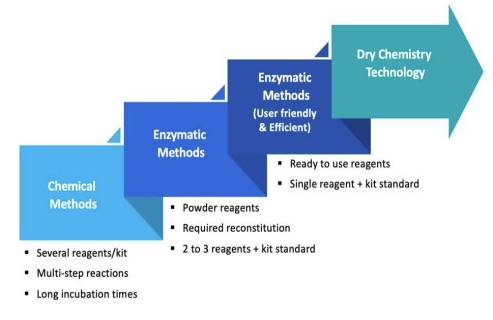
Malaria, a life-threatening disease caused by Plasmodium parasites transmitted via Anopheles mosquitoes, continues to pose a significant public health challenge. In 2022, the World Health Organization (WHO) reported 249 million...
Learn More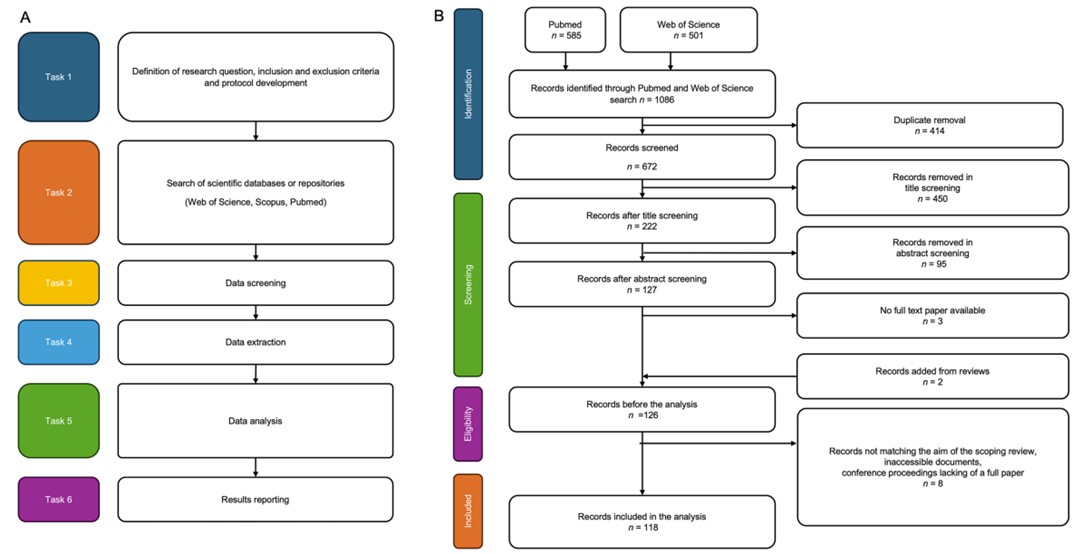
Microneedle sensors represent a significant leap forward in the field of wearable diagnostics. These devices, characterized by their minuscule size, typically less than 1 mm in height, are designed to...
Learn More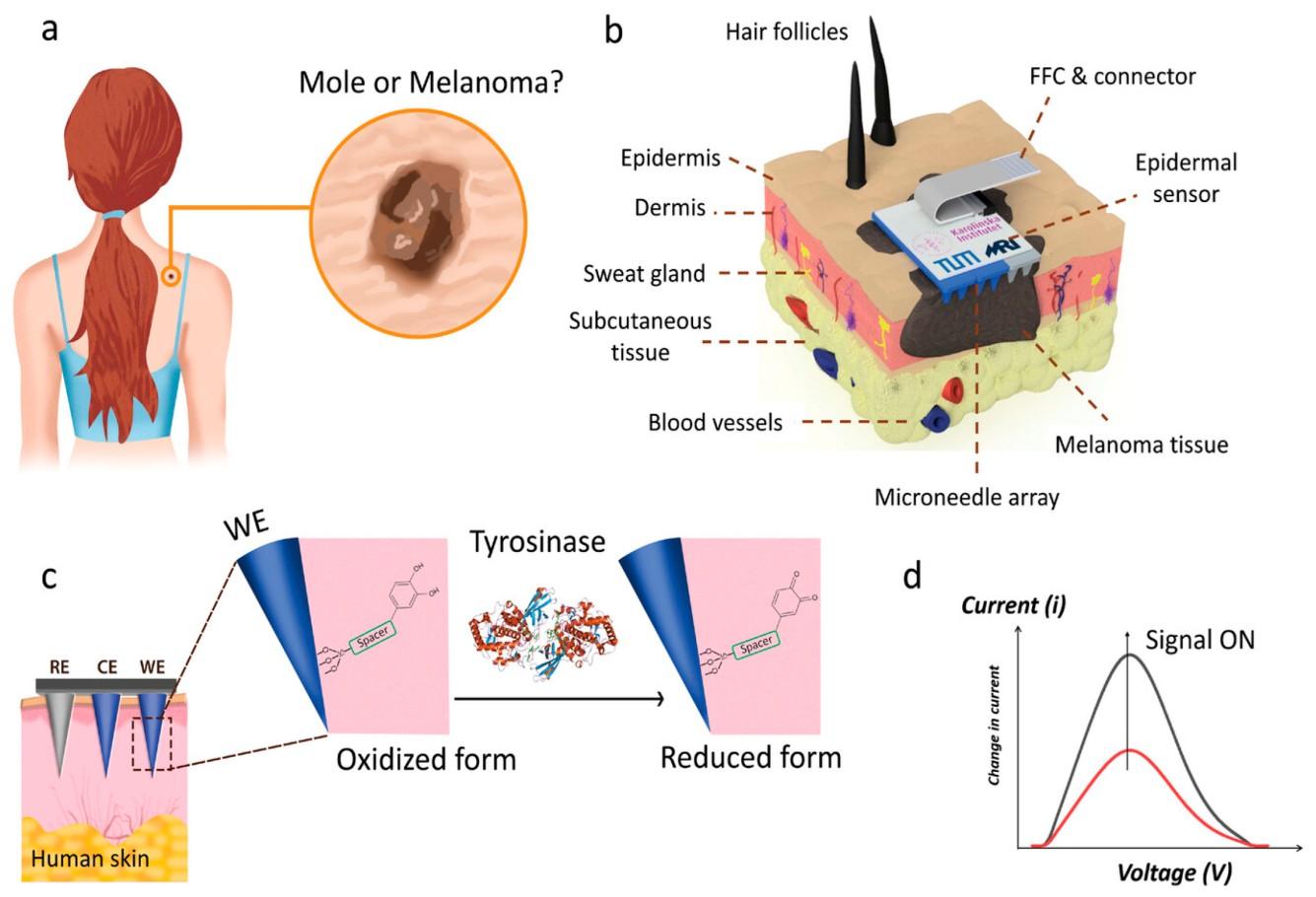
Graphene oxide (GO), a two-dimensional nanomaterial derived from graphene, has emerged as a revolutionary component in cancer research. Its unique structure, characterized by a single-atom-thick layer of carbon atoms with...
Learn More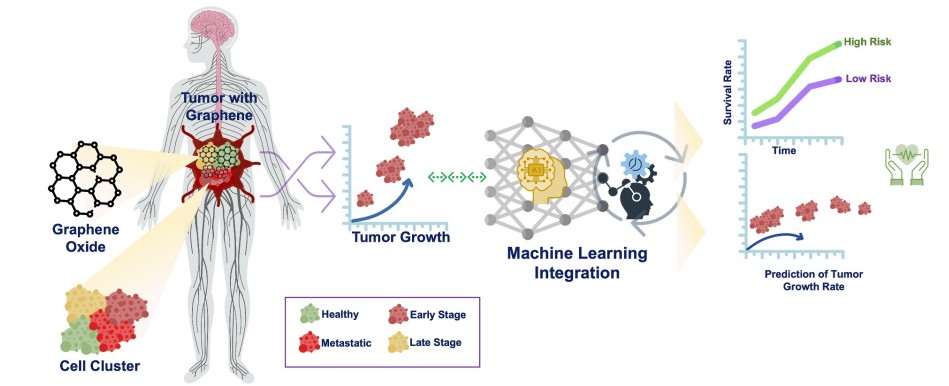
Periodontitis, a chronic inflammatory disease, poses a significant global health challenge. With projections indicating that severe cases could surge by 44% by 2050, affecting over 1 billion individuals worldwide, the...
Learn More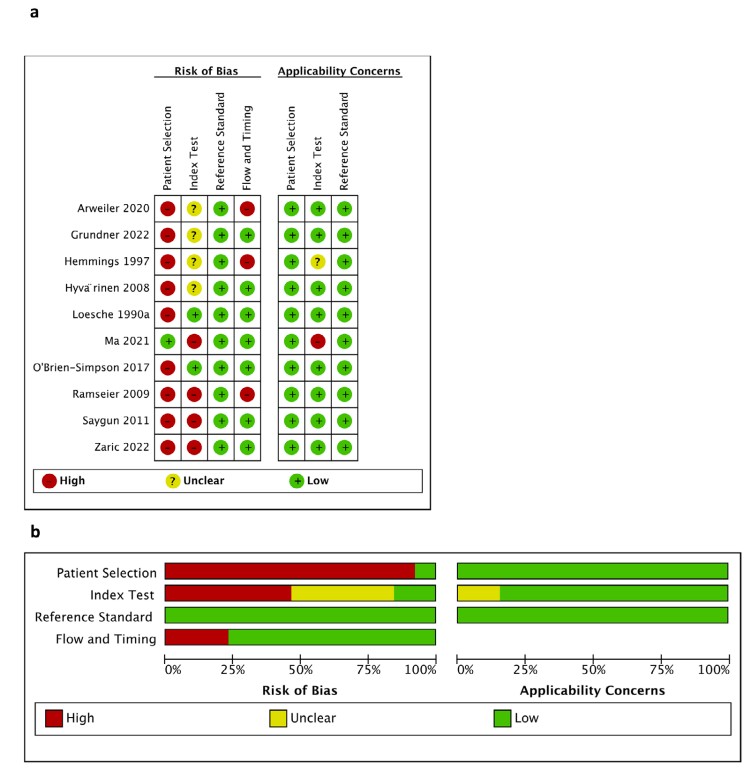
Swine brucellosis, caused by Brucella suis, particularly biovars 1, 2, and 3, poses a significant threat to the swine industry and public health. In Europe, B. suis biovar 2 is...
Learn More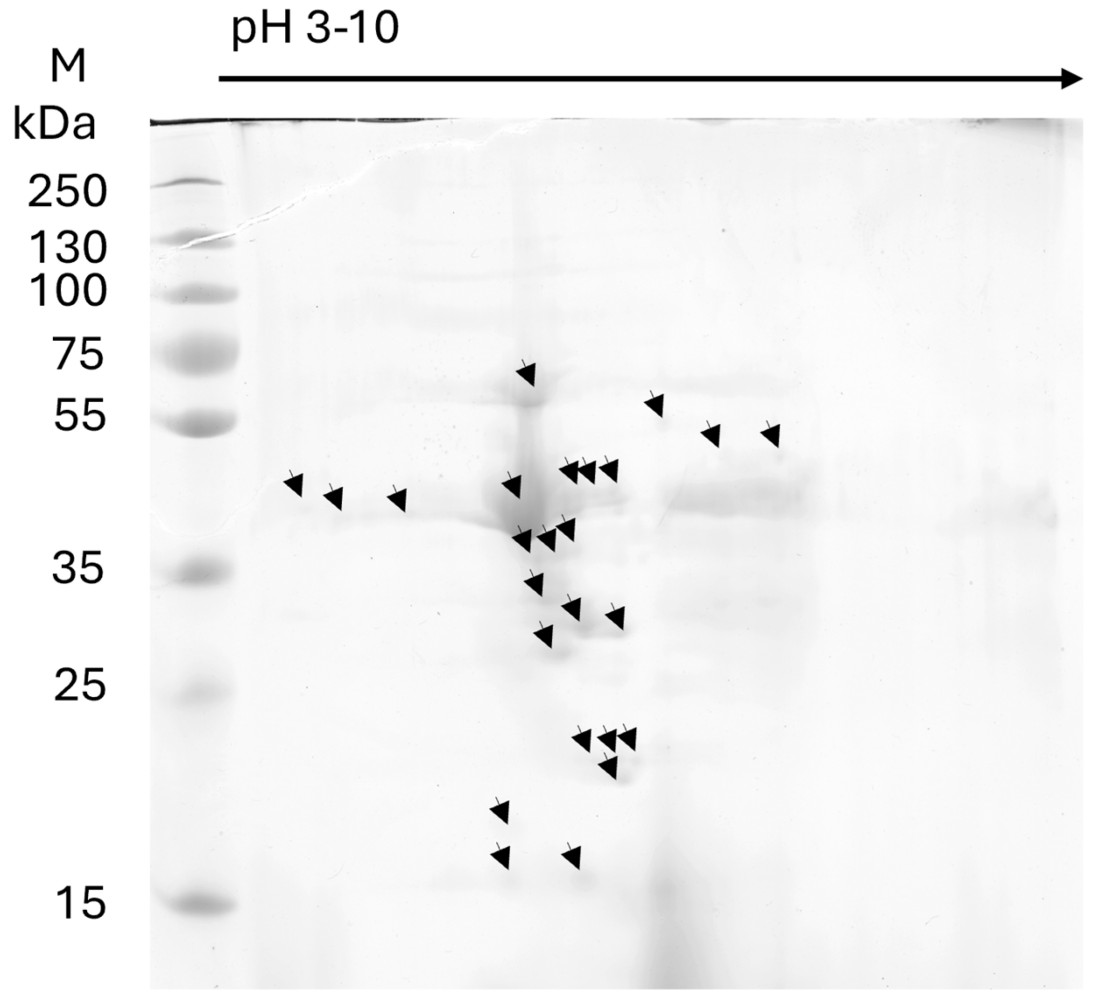
Human papillomavirus (HPV) represents a formidable global health challenge, with over 100 distinct types identified. Among these, at least 14 high-risk strains are carcinogenic, with HPV-16 and HPV-18 accounting for...
Learn More
High-risk human papillomavirus (HR-HPV) infections pose a significant global health threat, being the primary cause of cervical cancer. Approximately 604,126 new cases of cervical cancer were reported worldwide in 2020,...
Learn More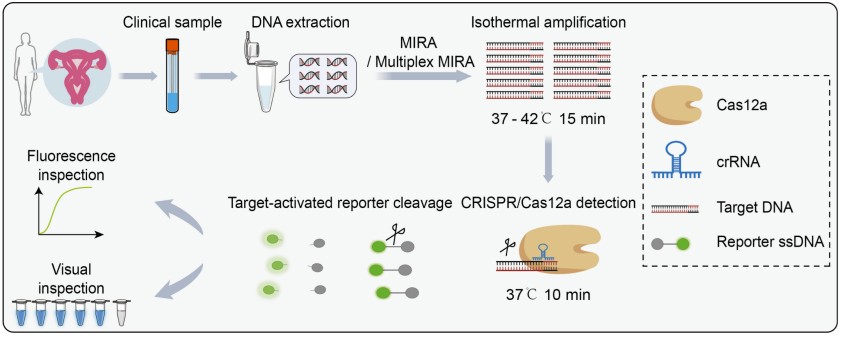
Acute respiratory tract infections (ARTIs) are a global health concern, affecting millions annually. The challenges in accurately and rapidly diagnosing these infections are immense, given their diverse causative agents and...
Learn More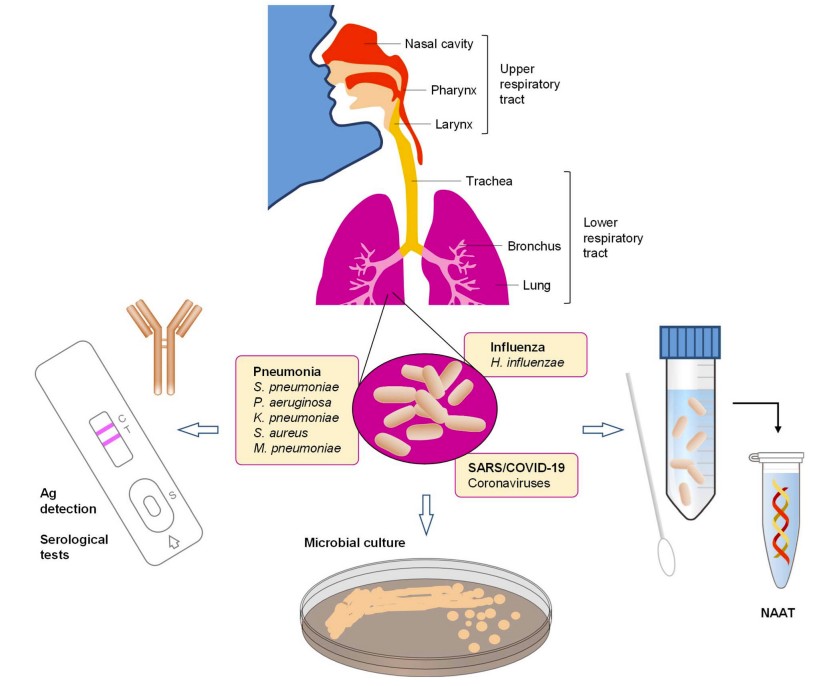
Trichomonas vaginalis, an anaerobic flagellated parasite, is the causative agent of trichomoniasis, the most prevalent non-viral sexually transmitted infection (STI). The World Health Organization (WHO) estimates 156.3 million new cases...
Learn More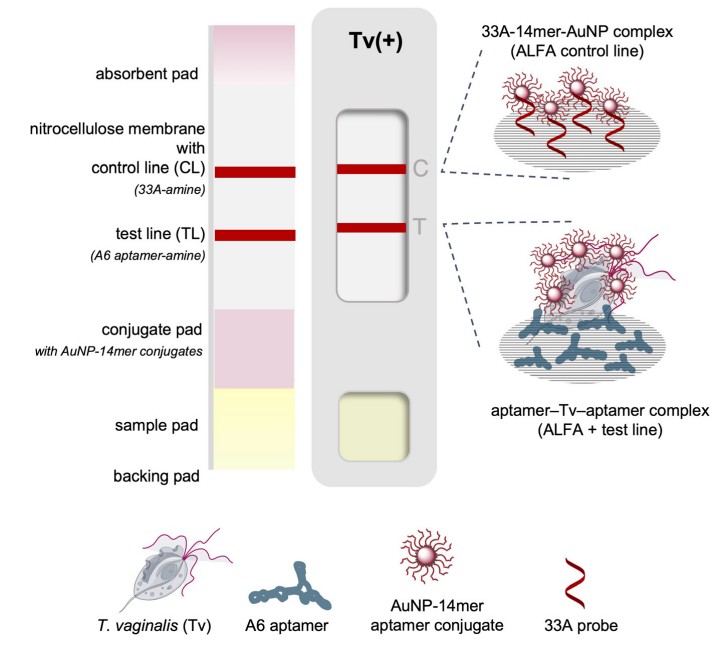
Gastric cancer (GC) remains a global health concern, ranking fifth among all malignancies. Its late detection and high mortality rates are attributed to non-specific early symptoms and the inefficiency of...
Learn More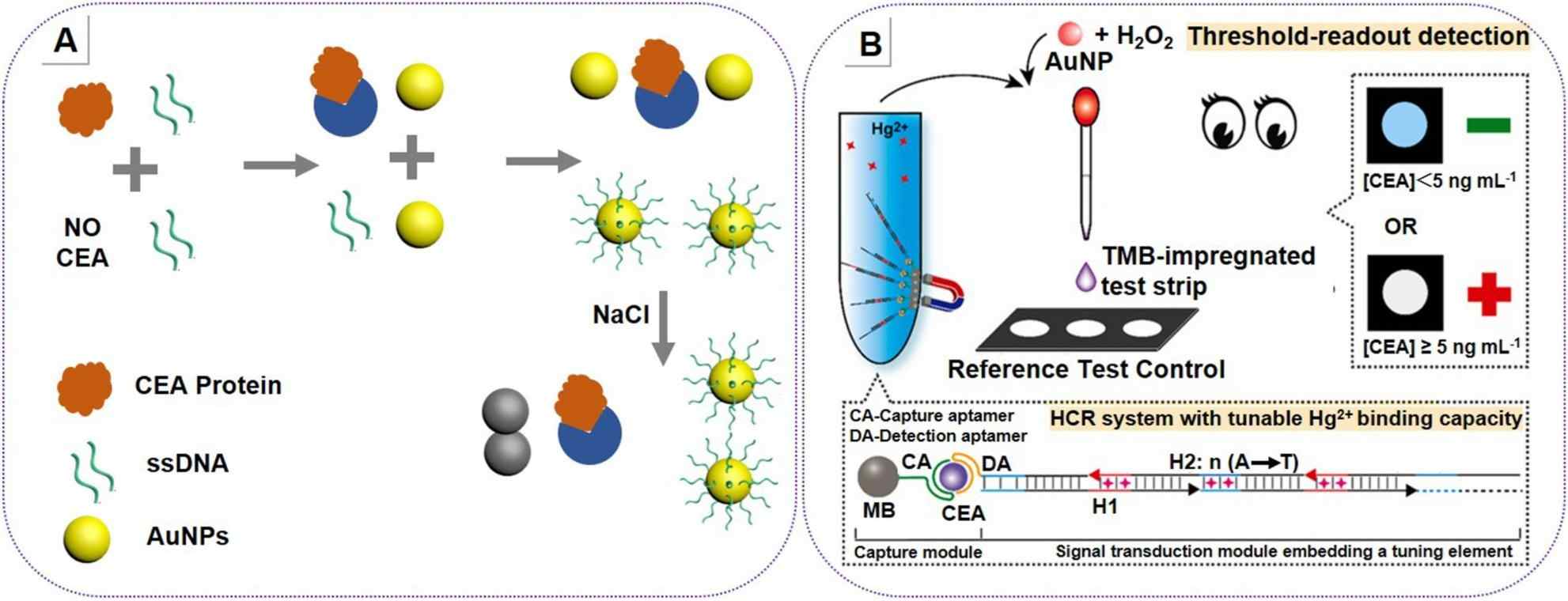
The landscape of veterinary medicine is undergoing a transformative shift, driven by the escalating "pet humanization" trend and a profound understanding of the "One Health" paradigm. As companion animals become...
Learn More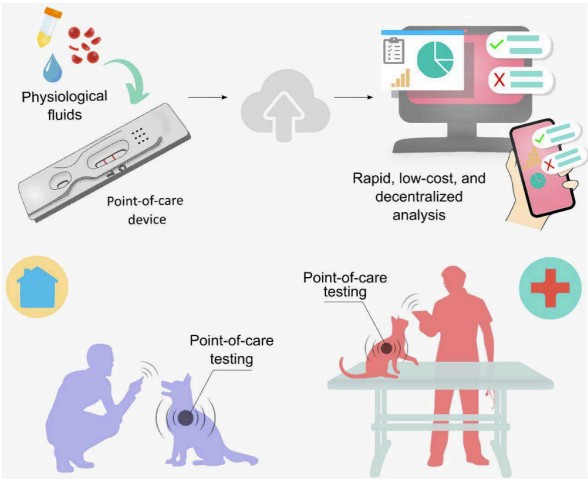
Matrix-Assisted Laser Desorption/Ionization Time-of-Flight Mass Spectrometry (MALDI-TOF MS) has emerged as a transformative technology in the field of clinical microbiology. This advanced diagnostic tool offers rapid, accurate, and cost-effective identification...
Learn More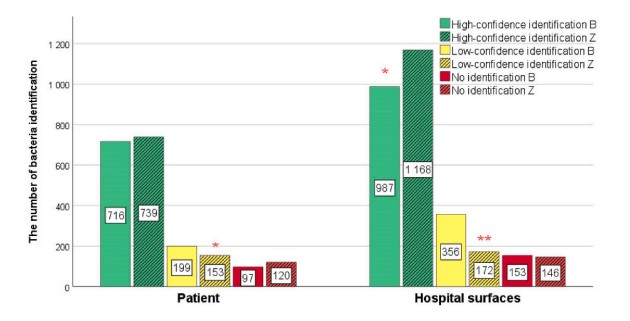
Human Immunodeficiency Virus (HIV) is a highly diverse and mutable virus, presenting significant challenges for diagnostic assays. HIV-1, the predominant type, is categorized into four groups (M, N, O, and...
Learn More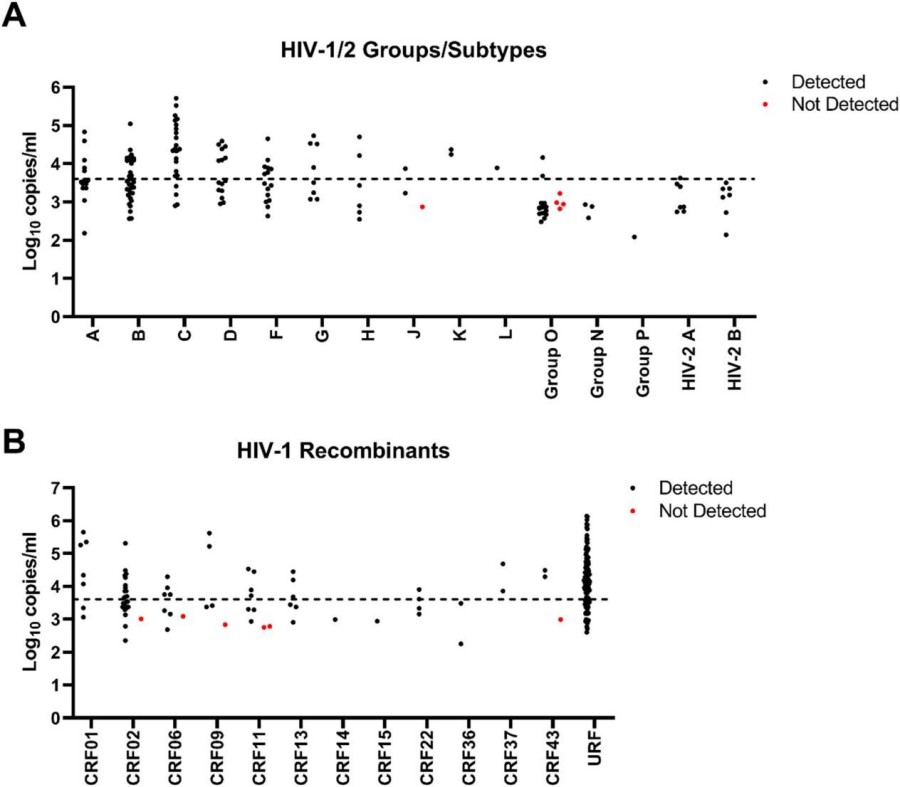
Allergies are a widespread health issue, affecting millions of people worldwide. From sneezing and itching to severe anaphylactic reactions, allergic responses can significantly impact quality of life. Accurate and reliable...
Learn More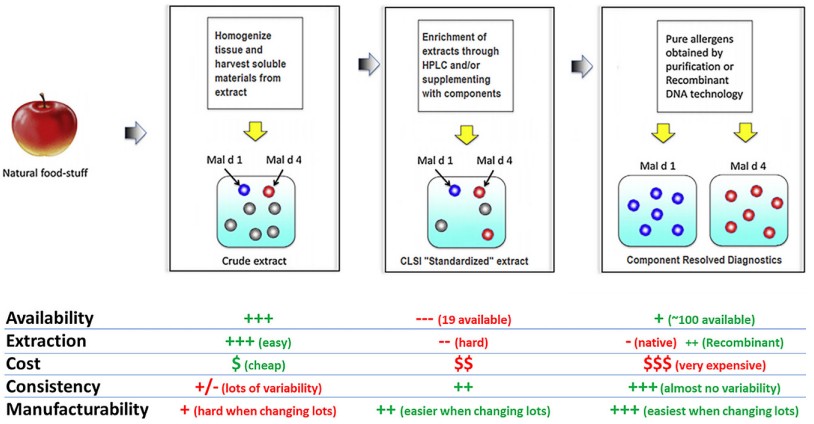
Breast cancer remains one of the most prevalent malignancies globally, with significant morbidity and mortality. The identification of human epidermal growth factor receptor 2 (HER2) status has revolutionized breast cancer...
Learn More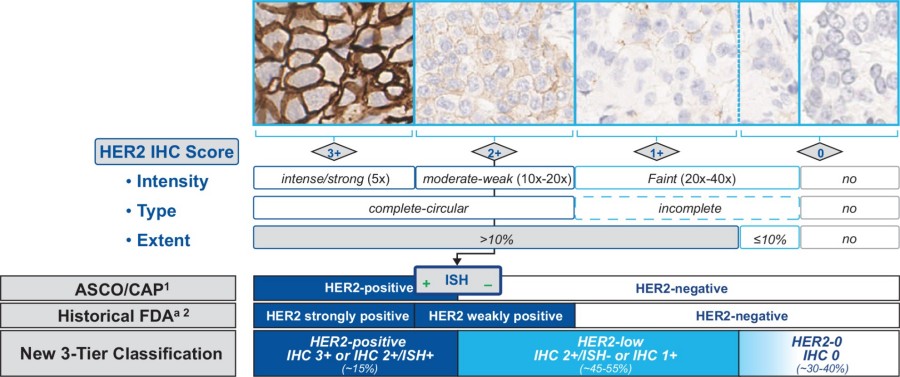
Lateral flow assays (LFAs) have emerged as indispensable tools in the field of clinical diagnostics, particularly for point-of-care testing (POCT). These assays are renowned for their simplicity, rapid results, and...
Learn More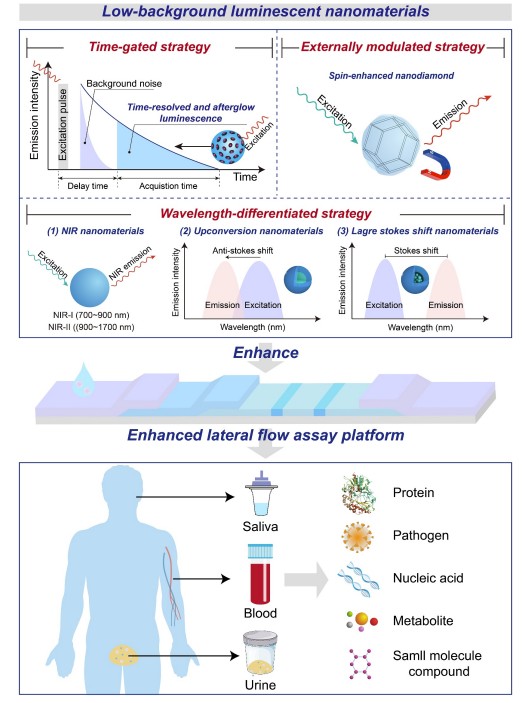
Allergies are a common health issue affecting millions of people worldwide, causing symptoms ranging from mild discomfort to life-threatening reactions. Traditional allergy diagnosis often relies on skin tests or blood...
Learn More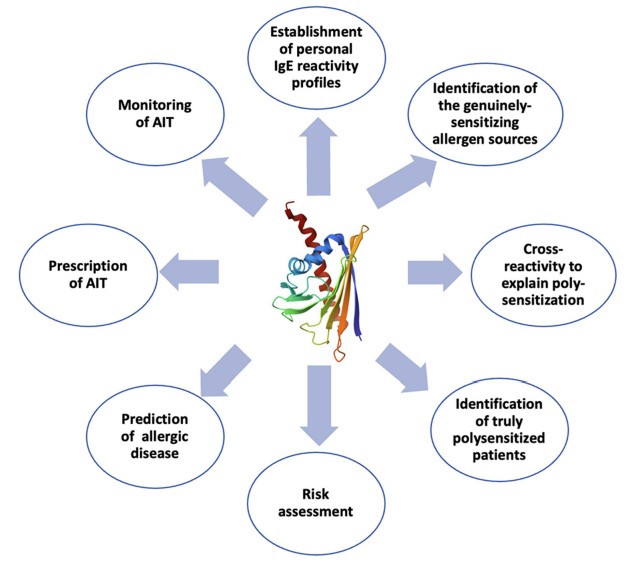
Drug hypersensitivity reactions are a significant concern in modern medicine, affecting a notable portion of the population and posing challenges for both patients and healthcare providers. These reactions are immune-mediated...
Learn More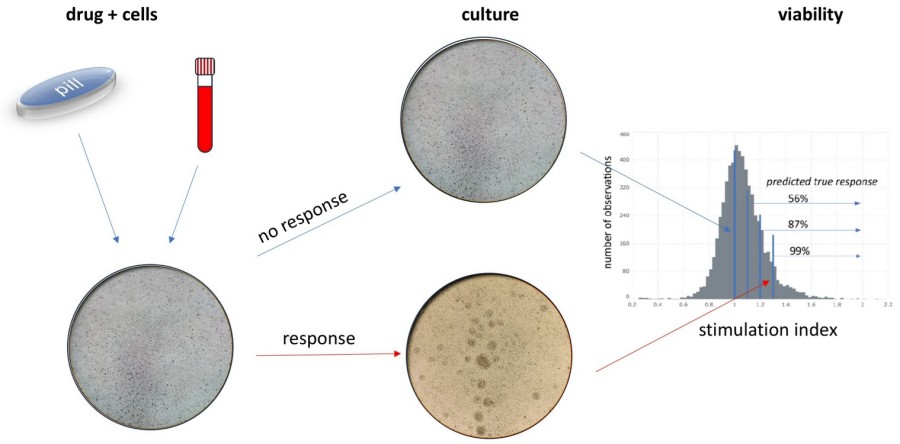
CRISPR/Cas systems have revolutionized molecular diagnostics, providing exceptional precision and flexibility for nucleic acid detection. While traditional diagnostic methods like quantitative polymerase chain reaction (qPCR) and next-generation sequencing (NGS) have...
Learn More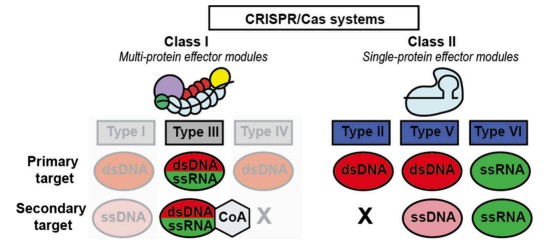
Microfluidic molecular point-of-care testing (POCT) systems represent a transformative advancement in the field of in vitro diagnostics, particularly for infectious diseases. These systems integrate the complexities of traditional laboratory processes...
Learn More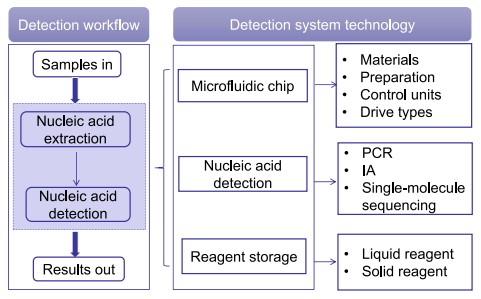
Surface Enhanced Raman Scattering Lateral Flow Immunoassay (SERS-LFIA) represents a transformative innovation in the field of in vitro diagnostics, particularly for the rapid detection of drug-induced liver injury (DILI). Traditional...
Learn More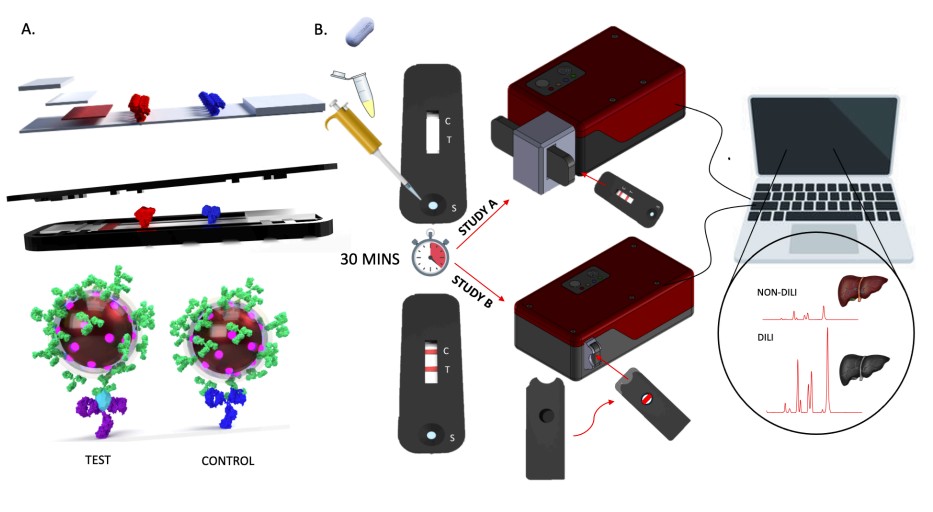
Urinary tract infections (UTIs) are one of the most prevalent bacterial infections globally, imposing a significant burden on public health. Traditional diagnostic methods, such as urinalysis and urine culture, have...
Learn More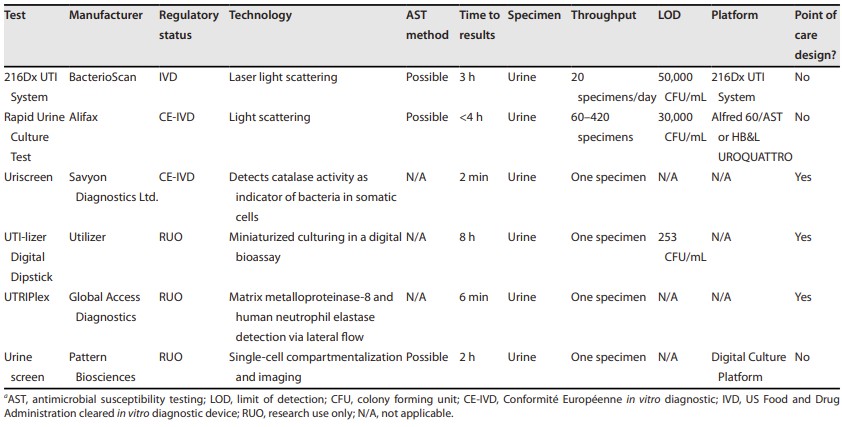
External Quality Assessment (EQA) is an essential component of modern medical laboratory practice, providing a robust framework for evaluating and enhancing the accuracy and reliability of diagnostic testing. EQA programs,...
Learn More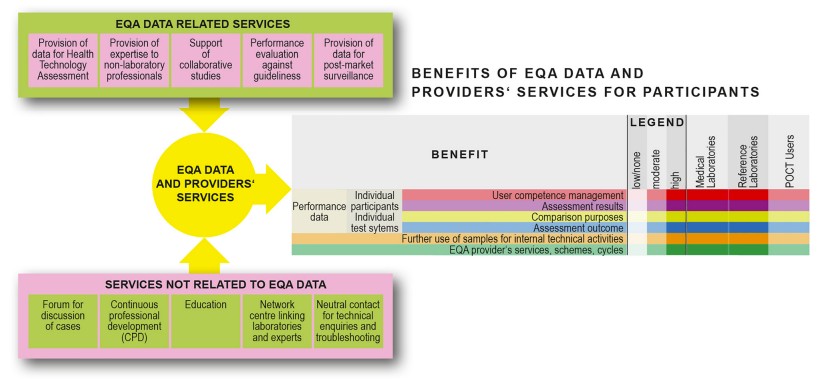
The COVID-19 pandemic has underscored the essential role of diagnostic tools in managing public health crises. Laboratory medicine and wastewater monitoring have emerged as pivotal strategies in combating infectious diseases,...
Learn More
Standardization in laboratory medicine is a cornerstone for ensuring the reliability and comparability of diagnostic test results. In the complex landscape of in vitro diagnostics (IVD), where numerous devices and...
Learn More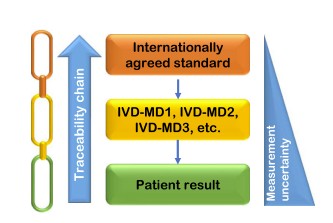
Aspirin-induced respiratory disease (N-ERD) is a complex and often debilitating condition affecting many individuals who experience severe respiratory reactions to aspirin and other nonsteroidal anti-inflammatory drugs (NSAIDs). This condition is...
Learn More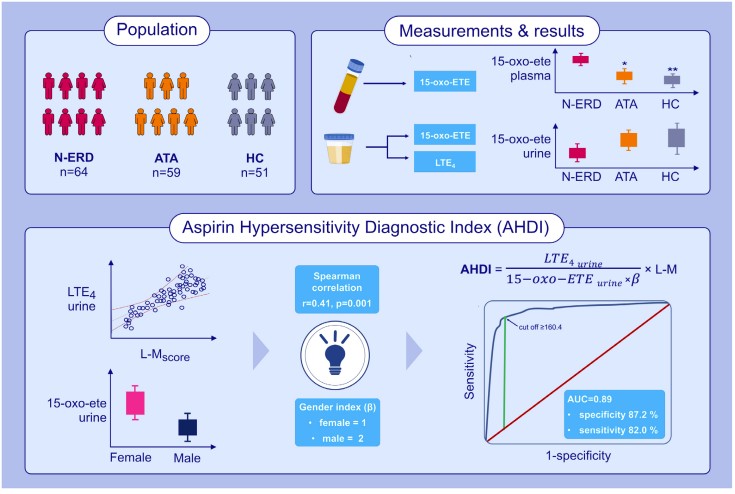
Artificial Intelligence (AI) has transformed medical diagnostics by offering unprecedented capabilities to analyze complex datasets and enhance diagnostic precision. AI algorithms, particularly those based on machine learning and deep learning,...
Learn More
In the realm of in vitro diagnostics, the preanalytical phase, particularly blood collection, lays the groundwork for accurate and reliable diagnostic outcomes. Venous blood collection systems (VBCSs) are pivotal tools...
Learn More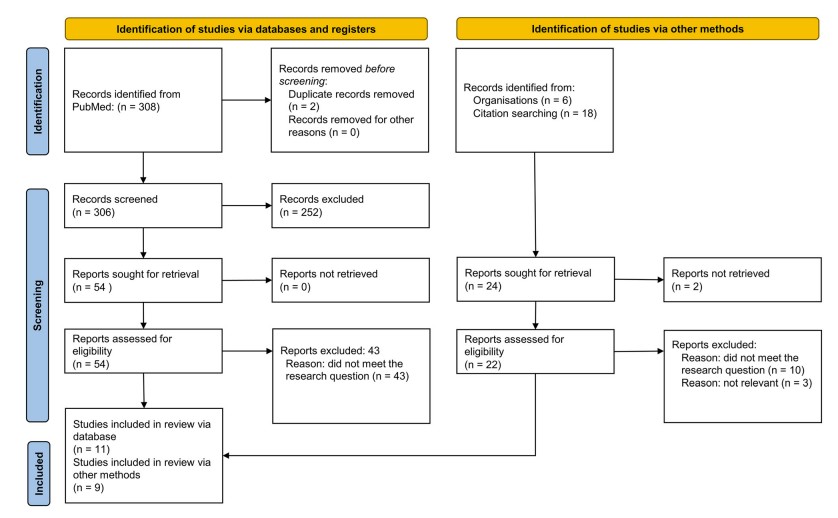
Companion diagnostics (CDx) have emerged as an indispensable component of precision medicine, providing critical information to guide the safe and effective use of targeted therapies. These diagnostic tests are specifically...
Learn More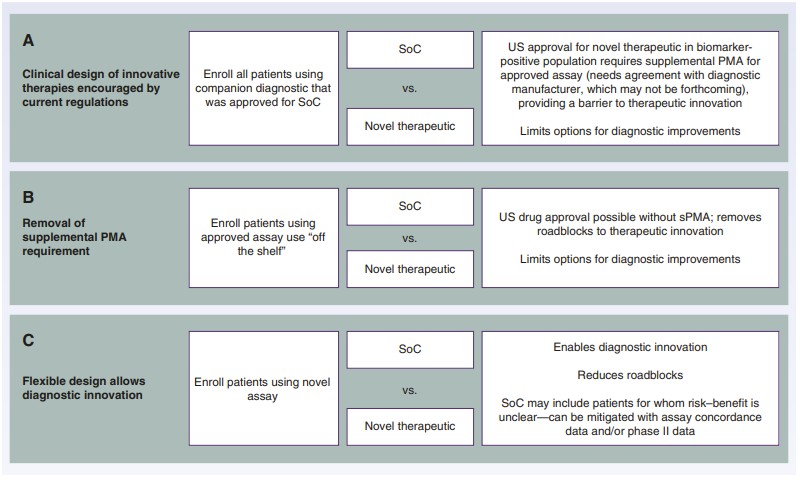
Surface-Enhanced Raman Scattering (SERS) is rapidly emerging as a groundbreaking technology in medical diagnostics, delivering unparalleled sensitivity and multiplex detection capabilities. Traditional diagnostic methods, such as electrochemiluminescence (ECL), enzyme-linked immunosorbent...
Learn More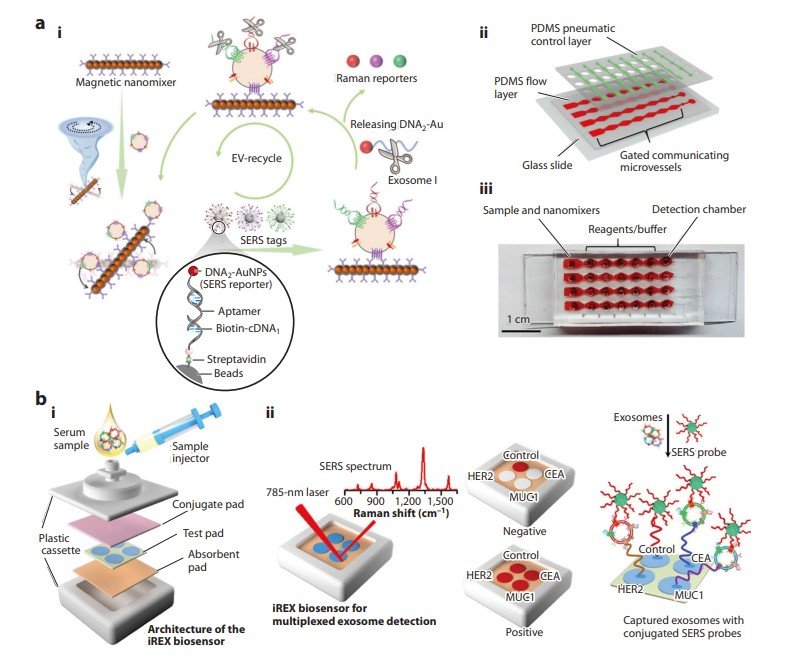
Liver fibrosis is a progressive condition marked by the excessive accumulation of extracellular matrix proteins, resulting in the formation of scar tissue within the liver. It commonly stems from chronic...
Learn More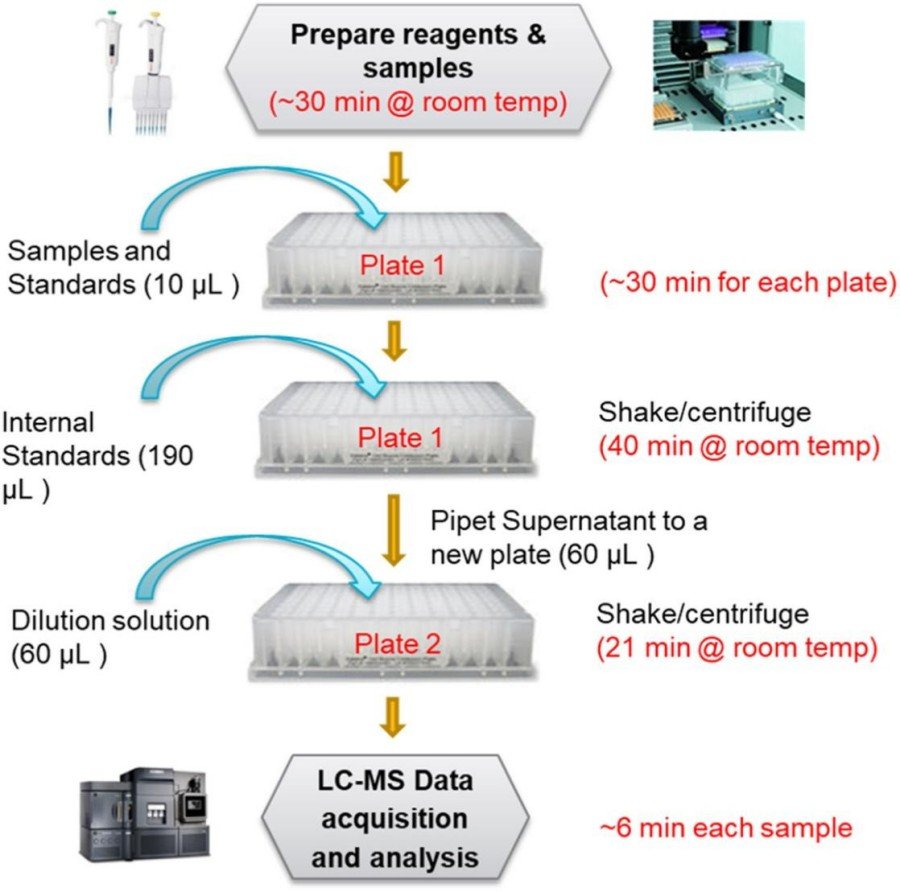
Laboratory-developed tests (LDTs) have long been a critical component of personalized medical care, particularly in the field of anatomic pathology. Historically, LDTs were developed and used by clinical laboratories without...
Learn More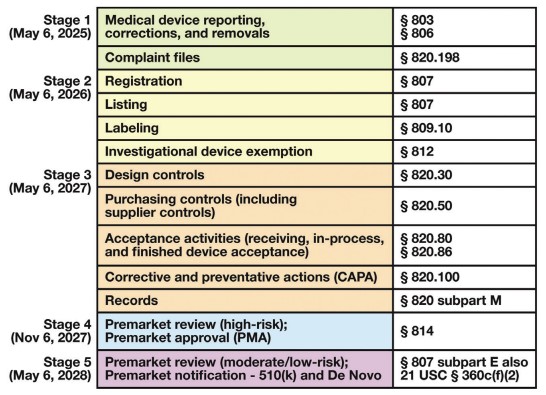
In the rapidly evolving realm of contemporary healthcare, in vitro diagnostic (IVD) tests have emerged as indispensable tools for detecting, managing, and preventing diseases. Spanning from straightforward blood glucose tests...
Learn More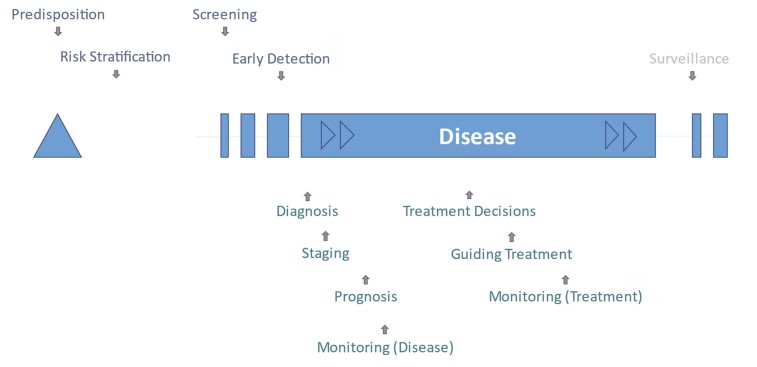
|
There is no product in your cart. |